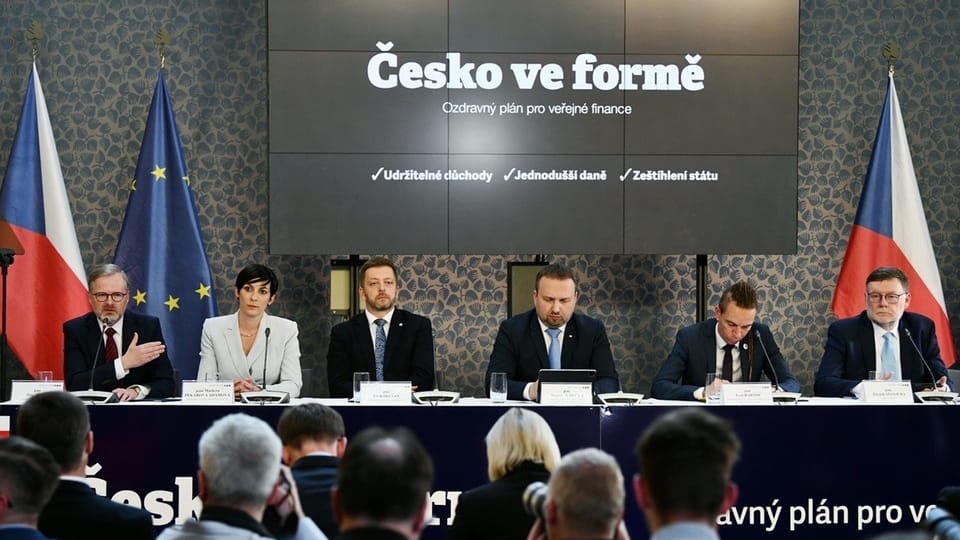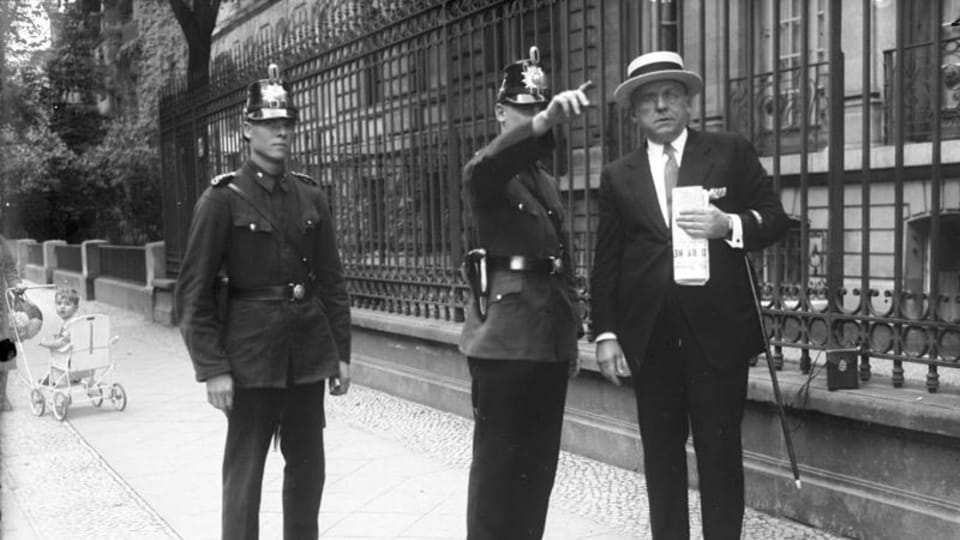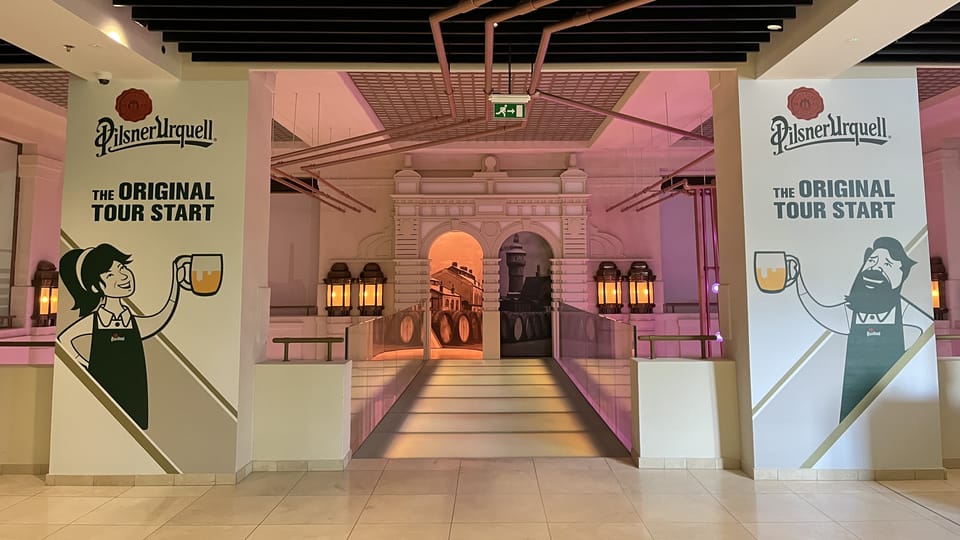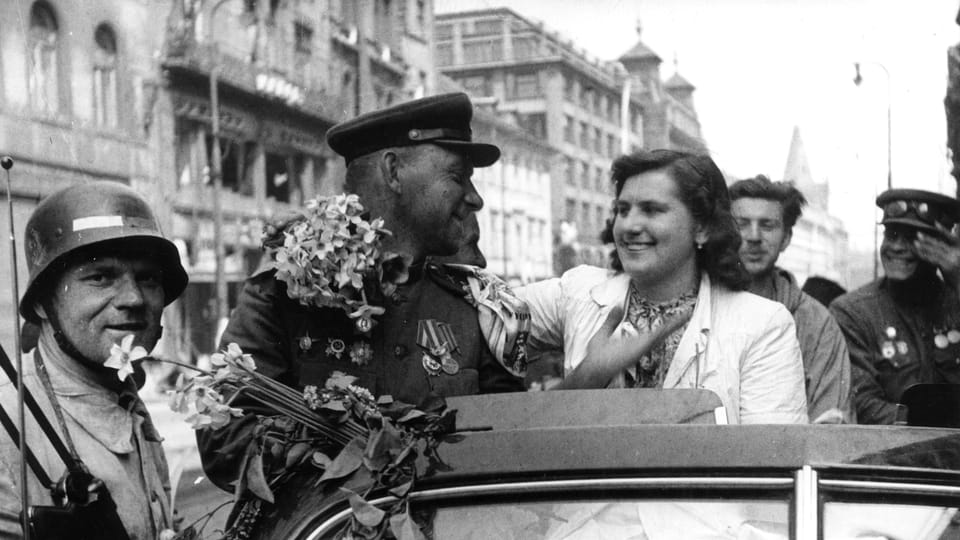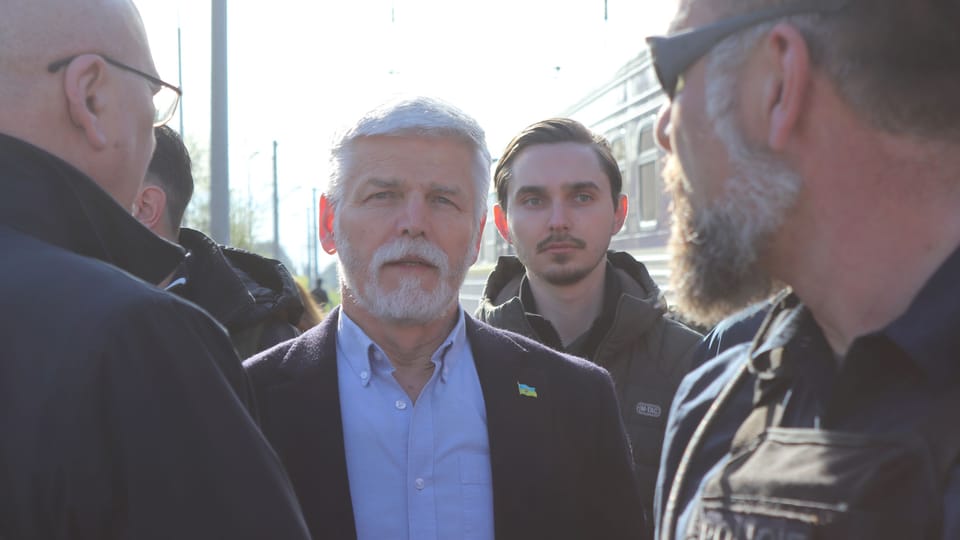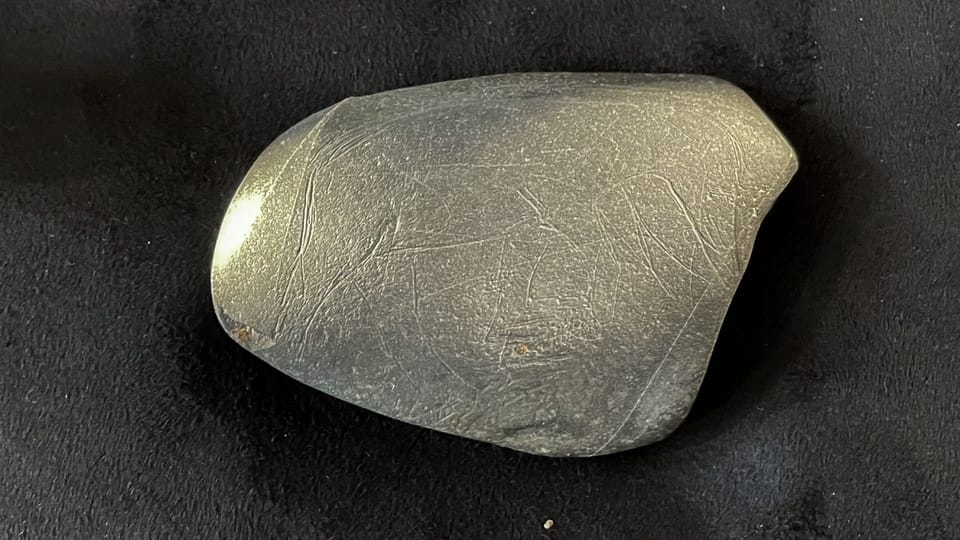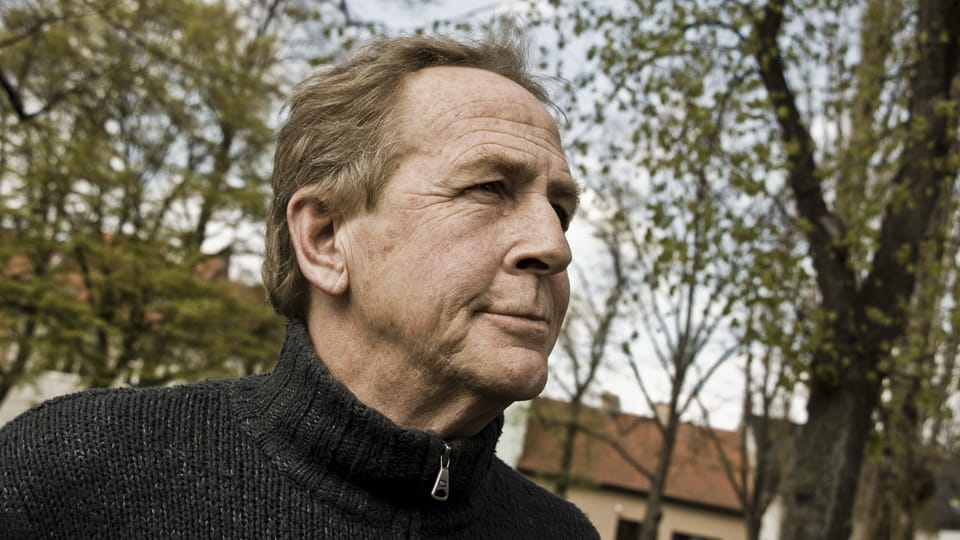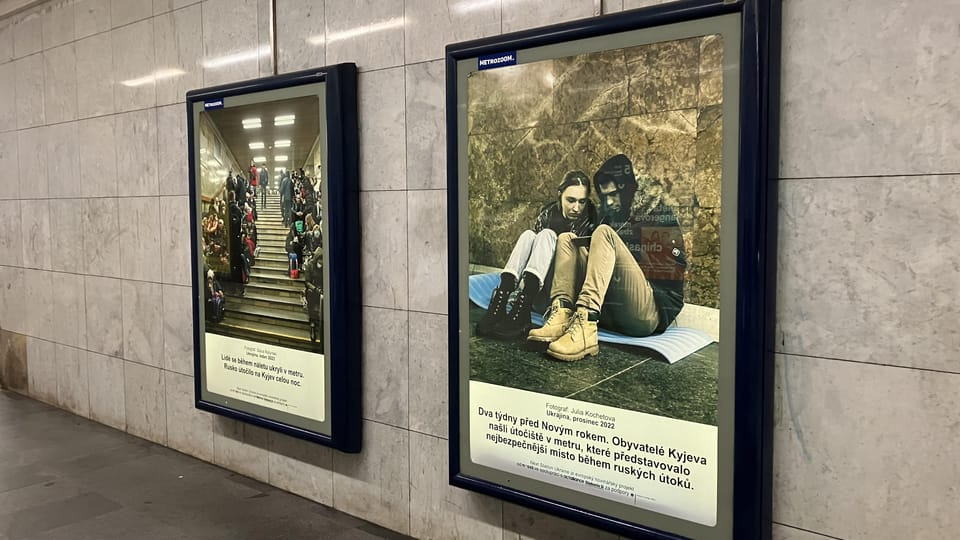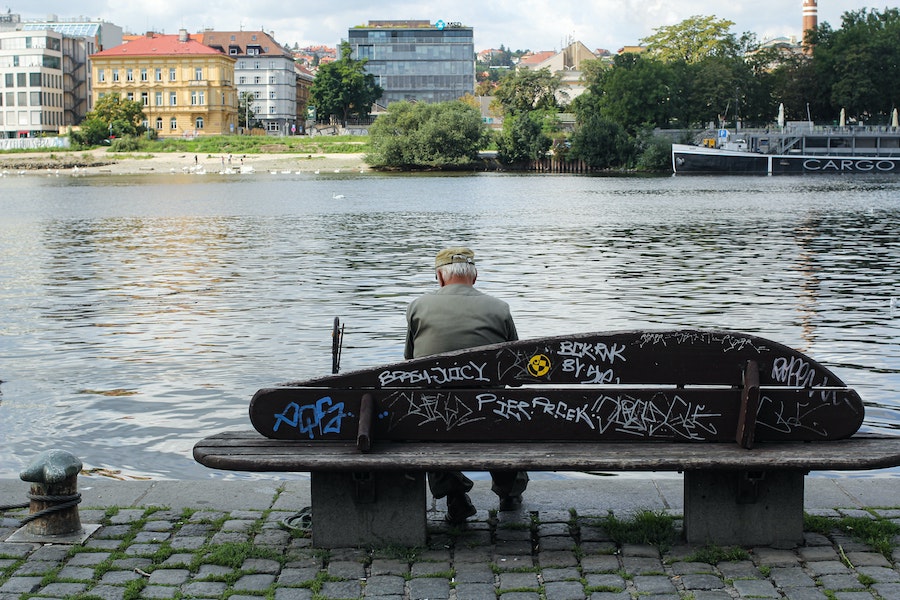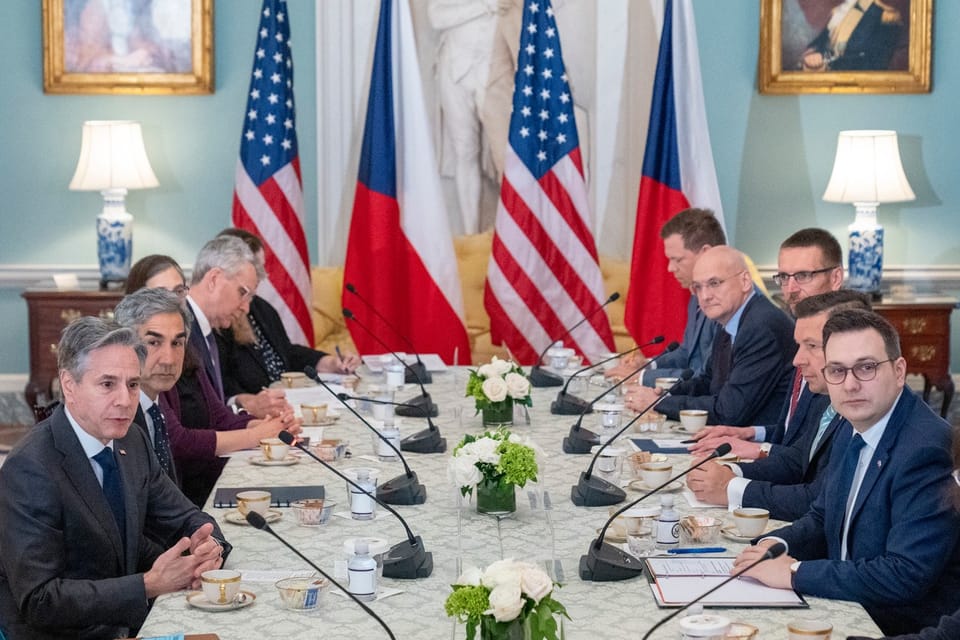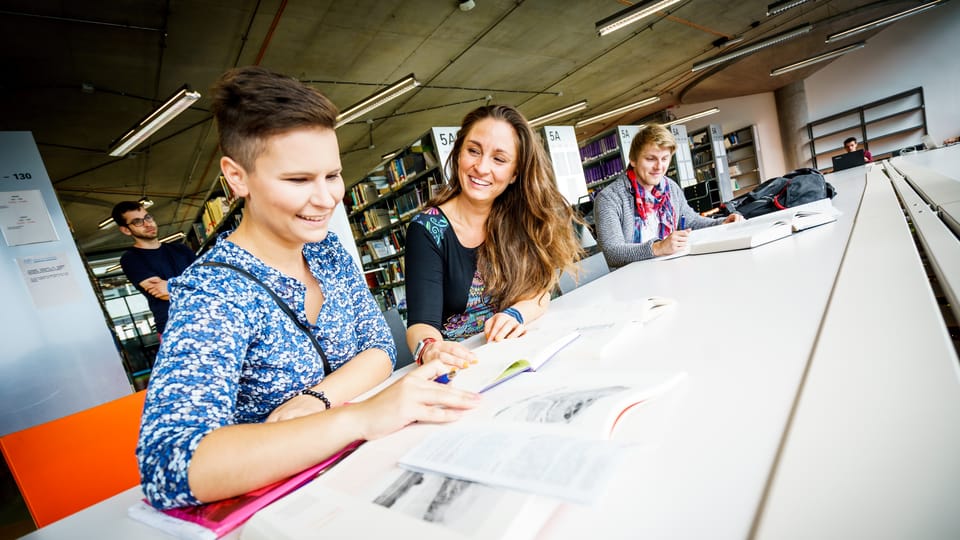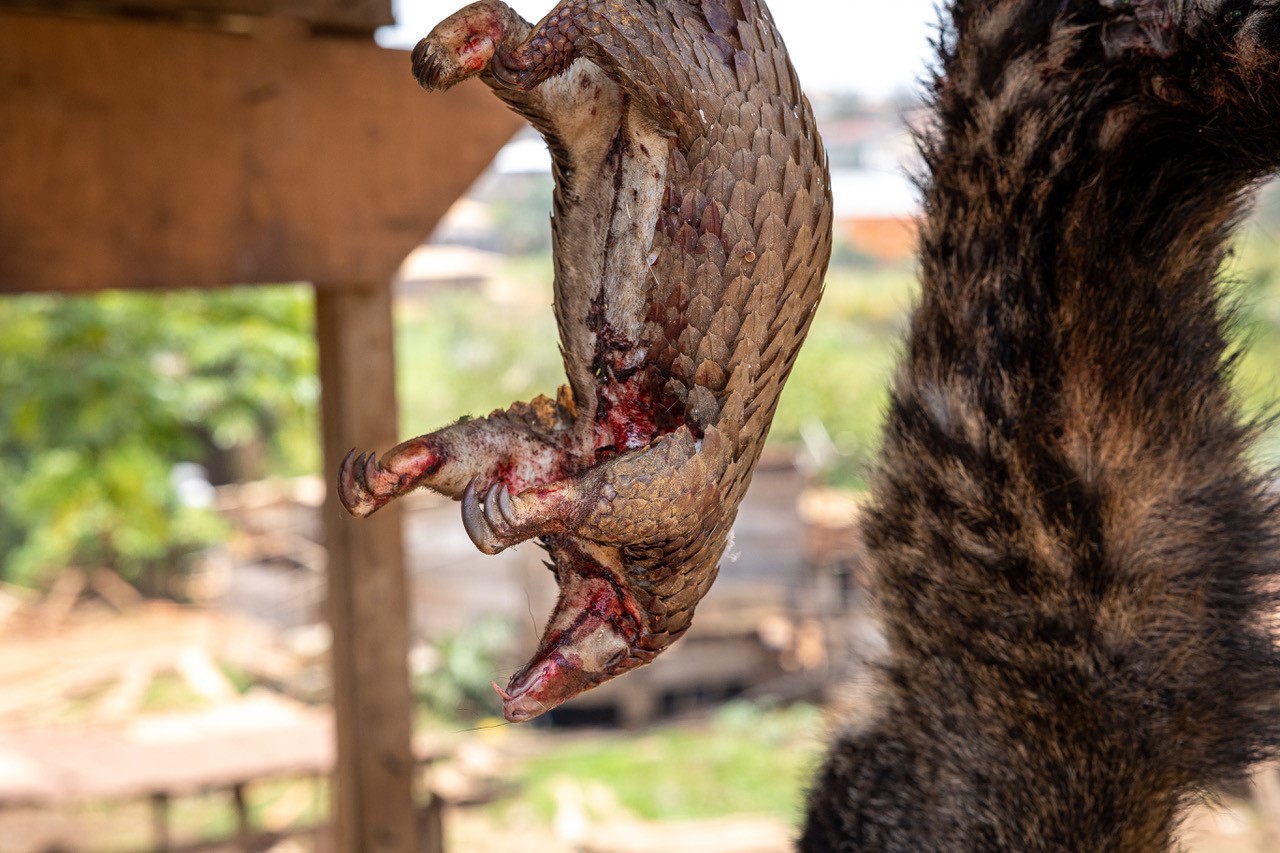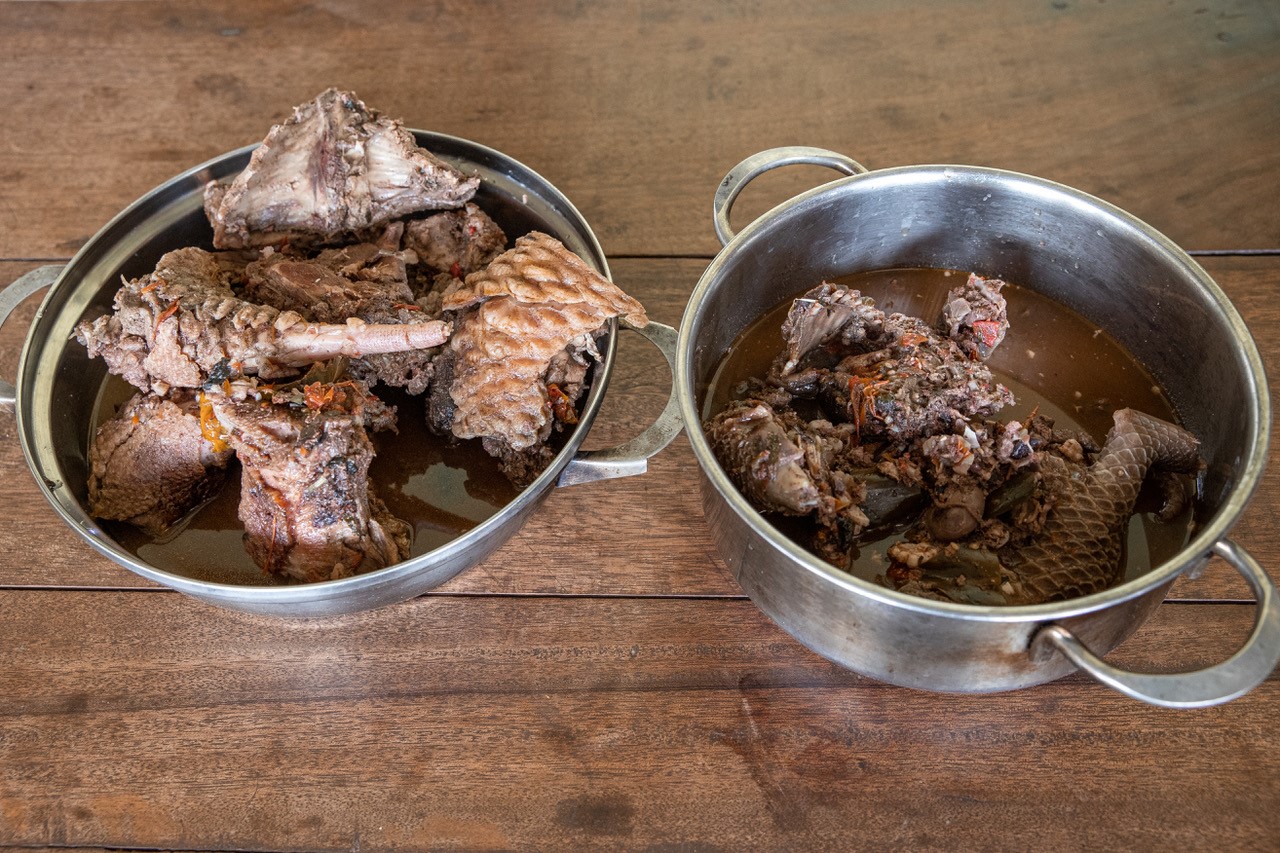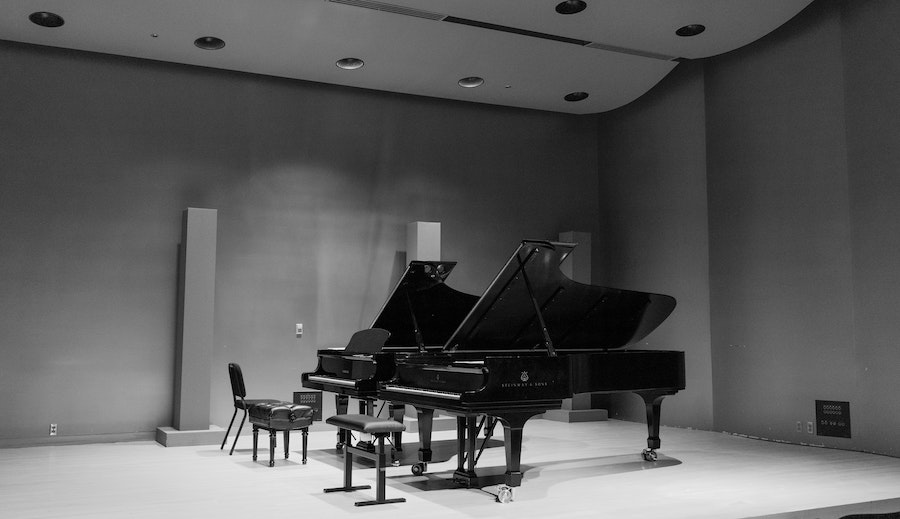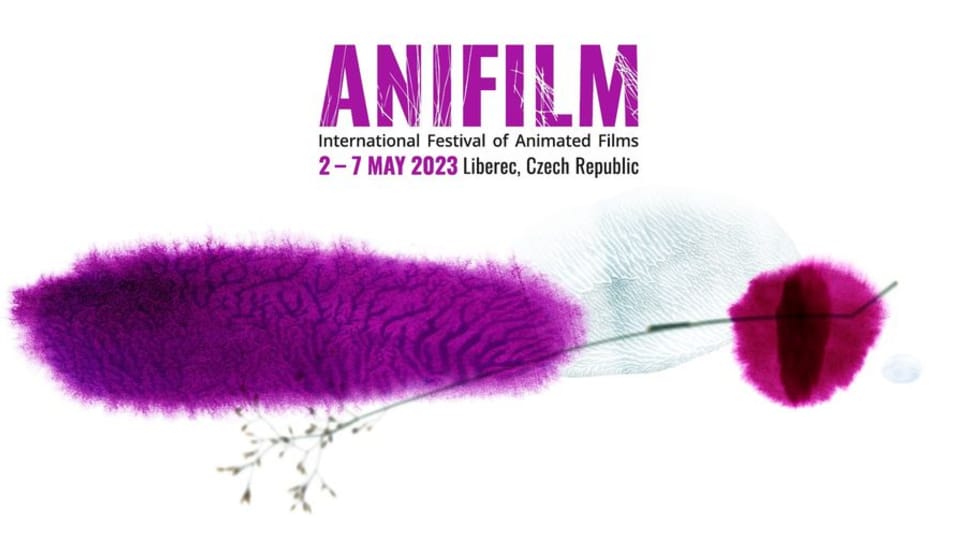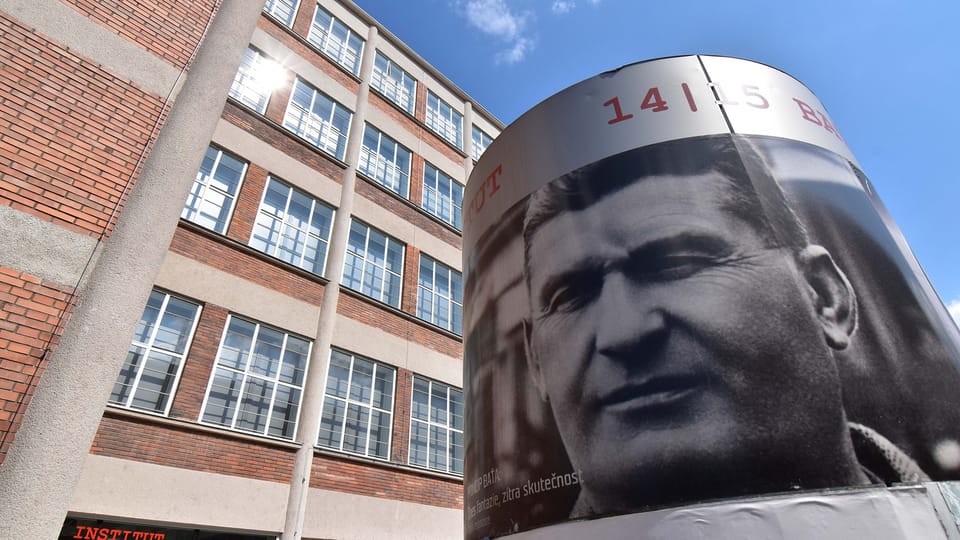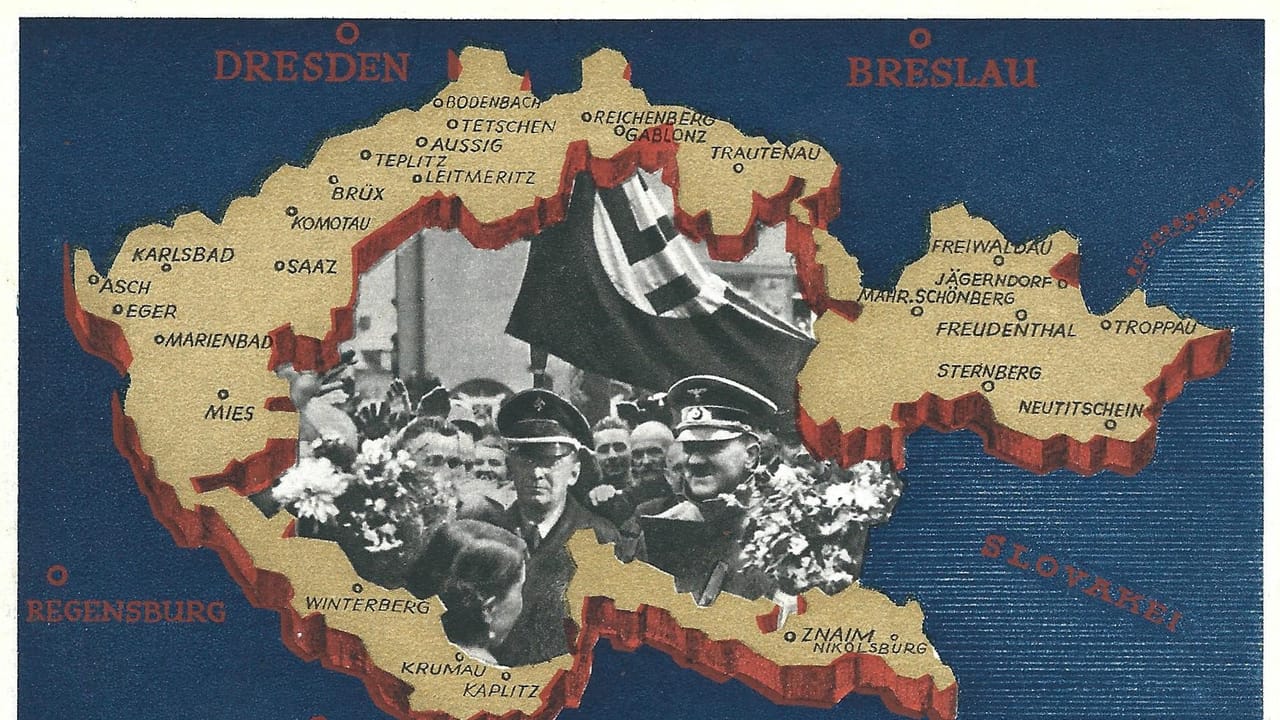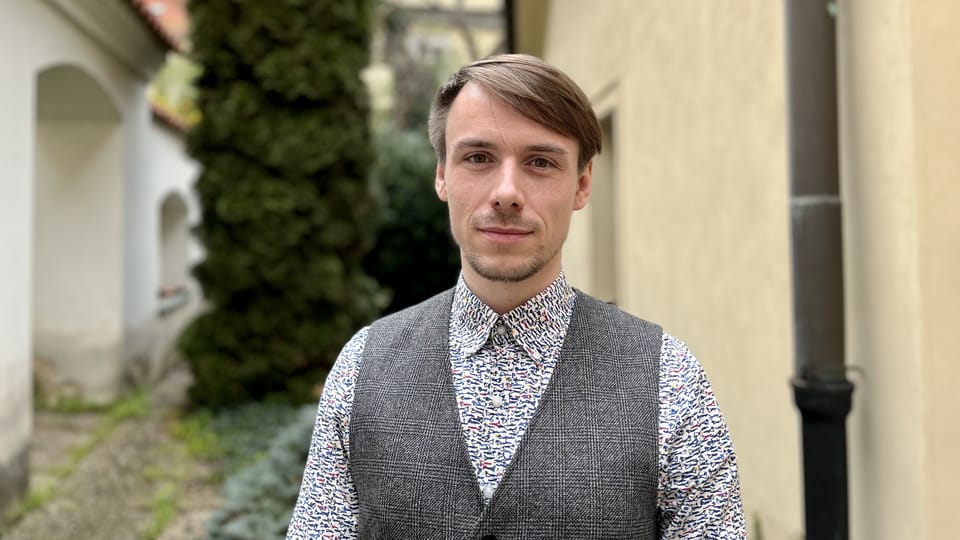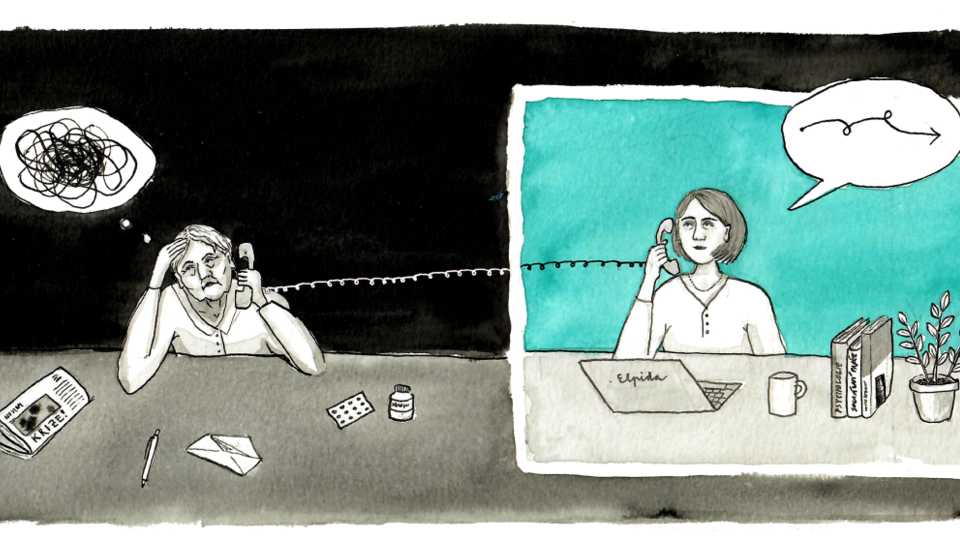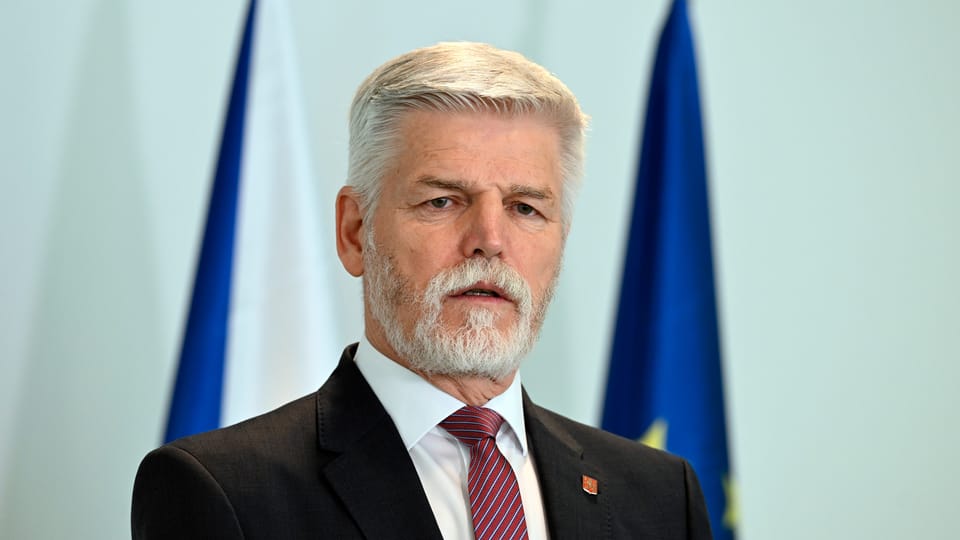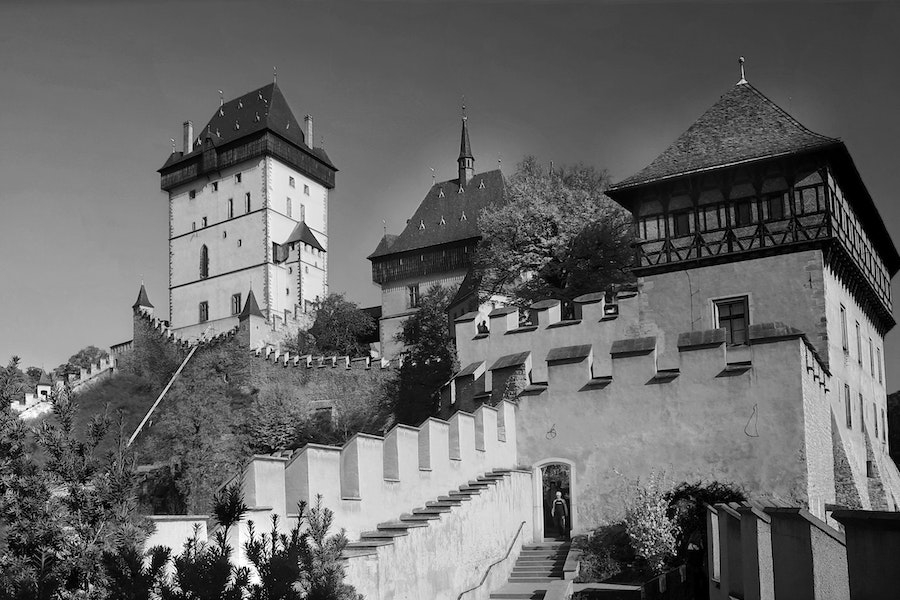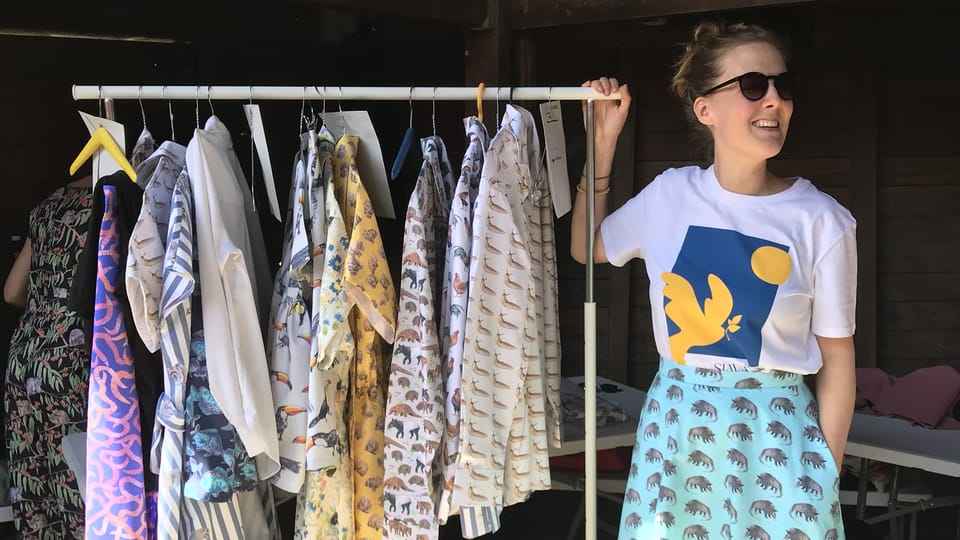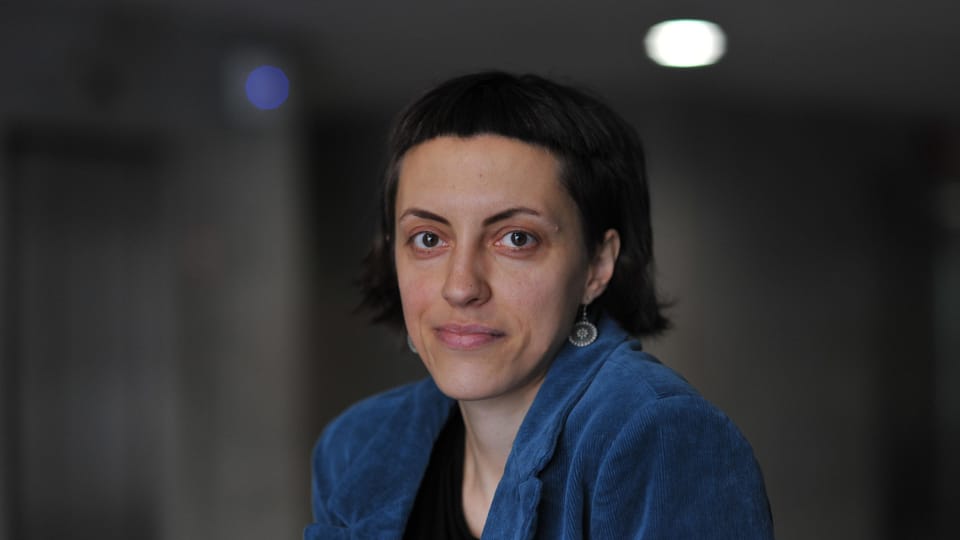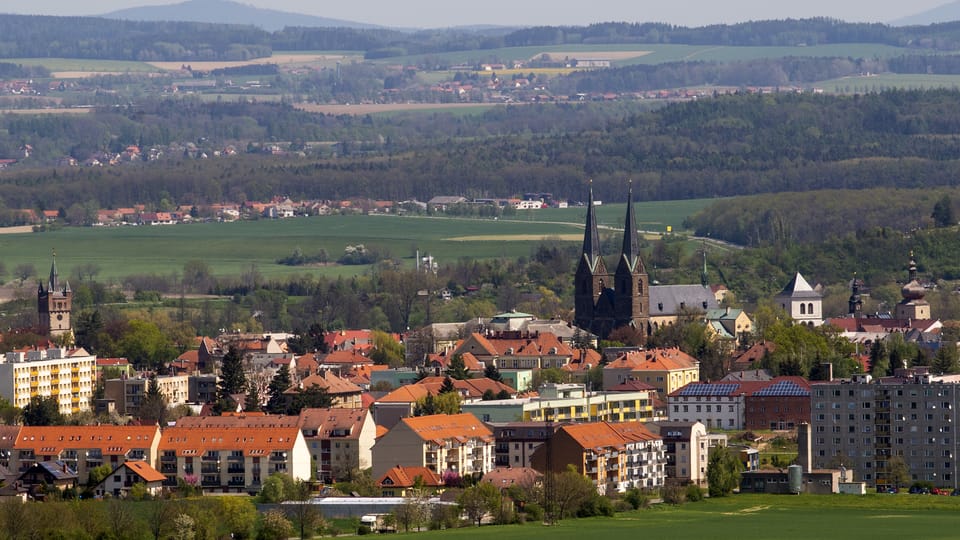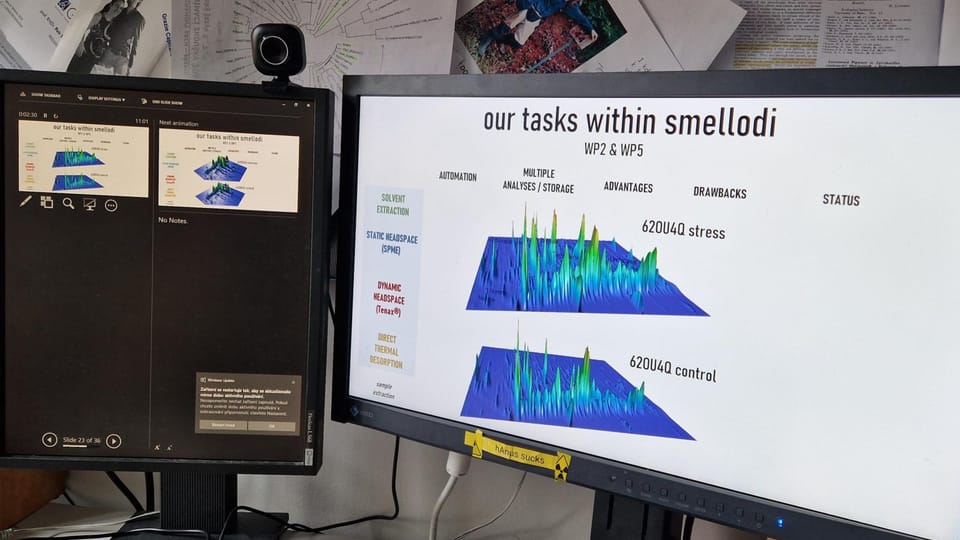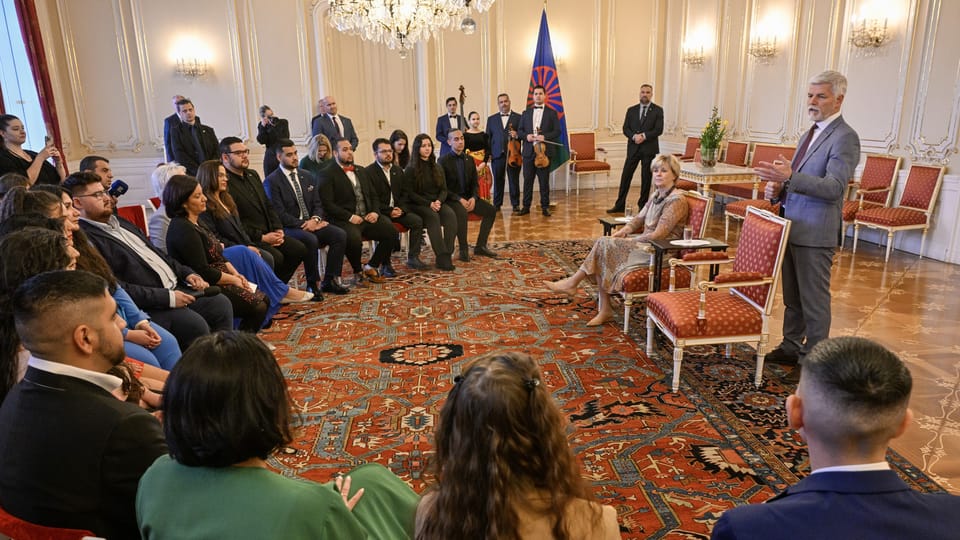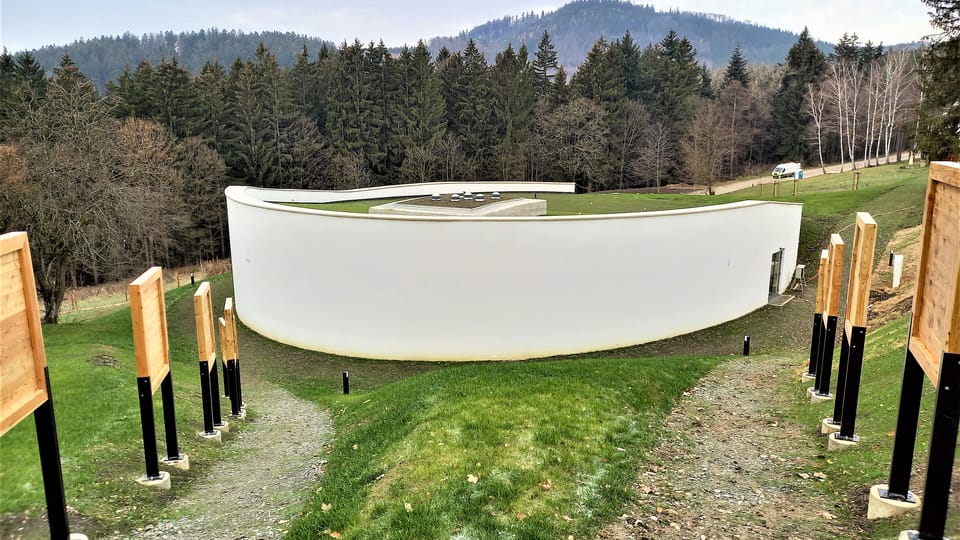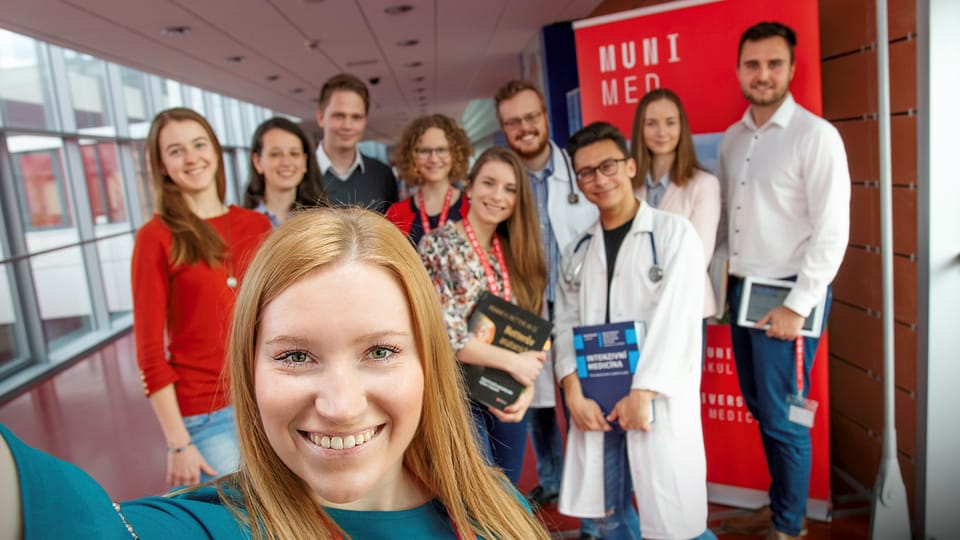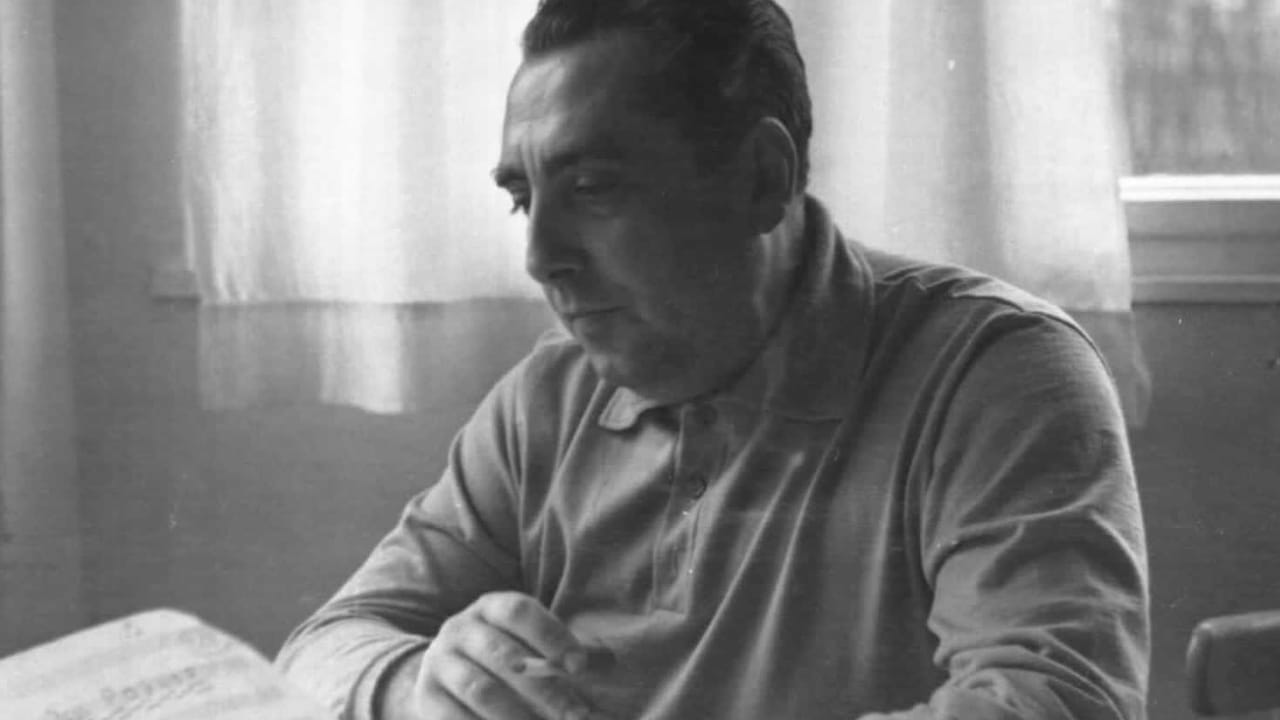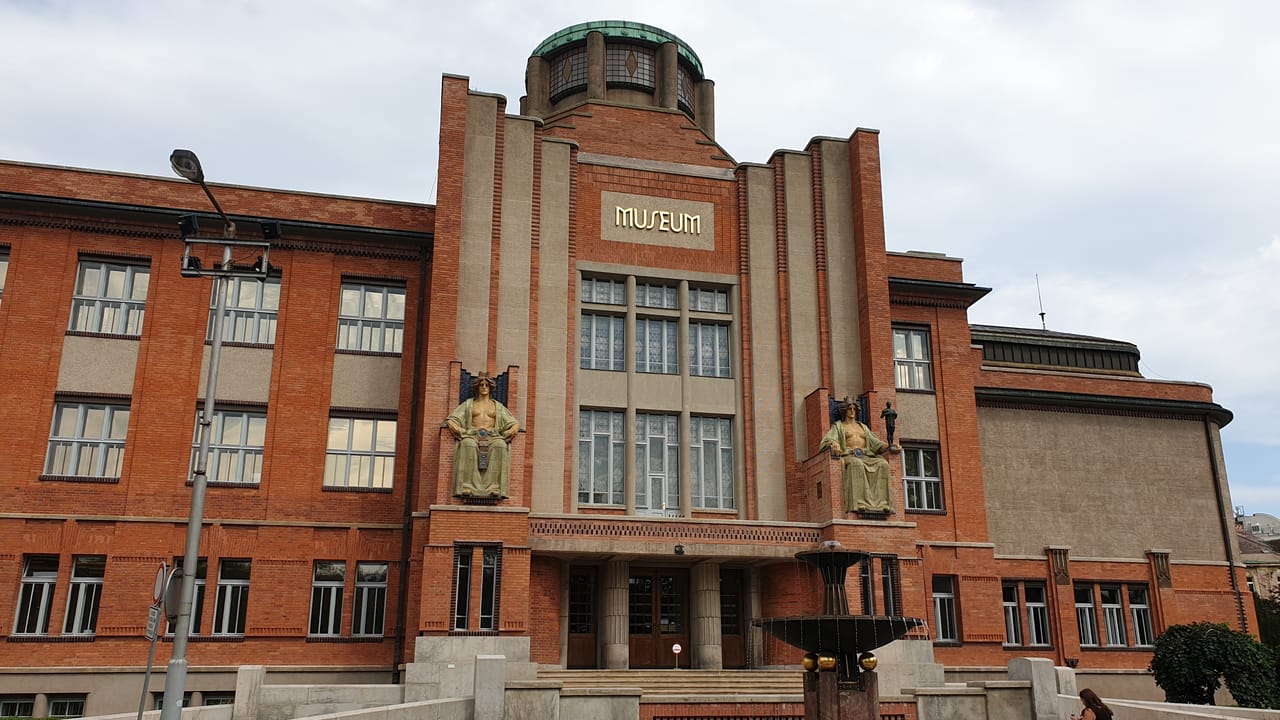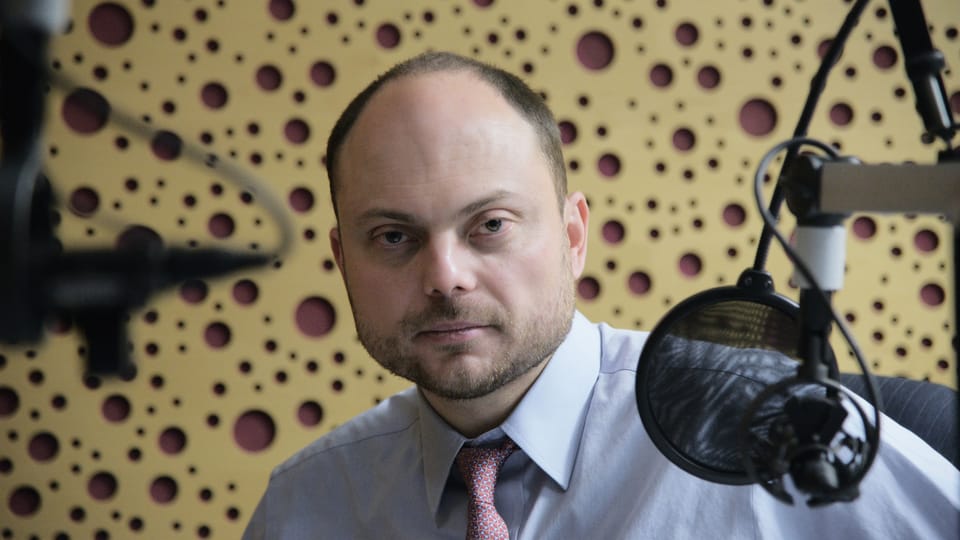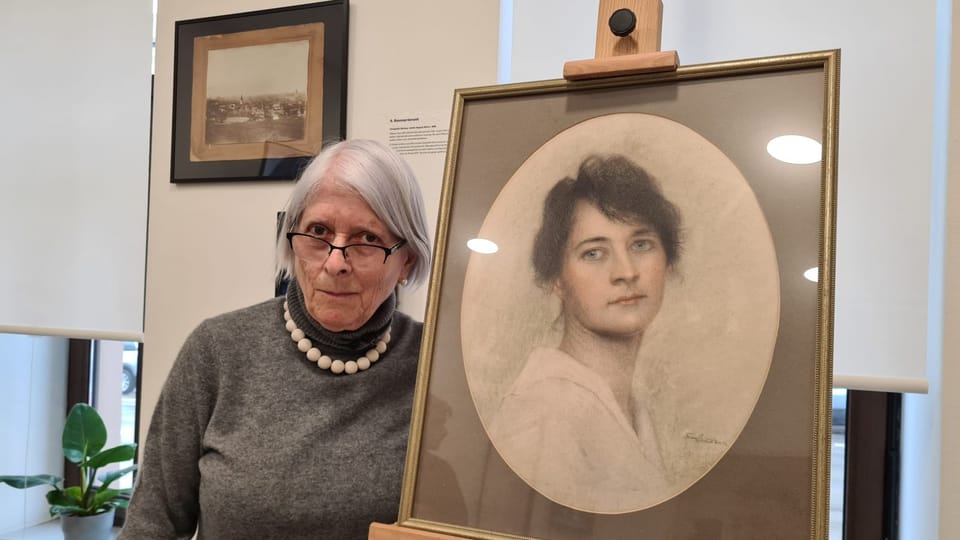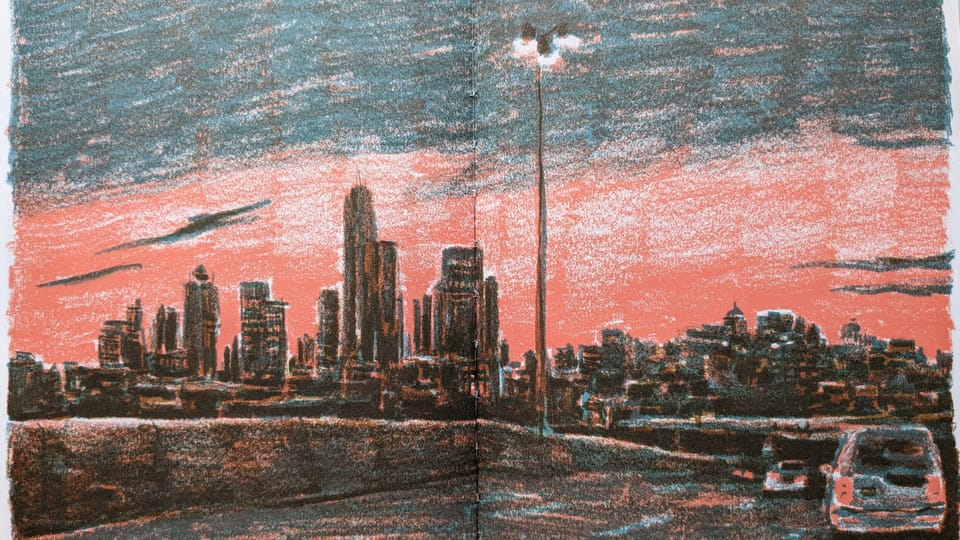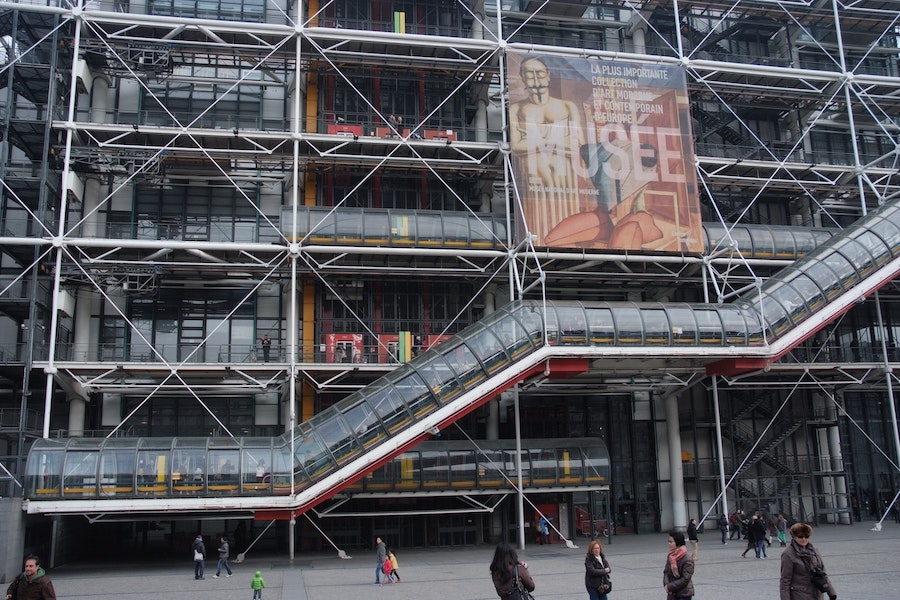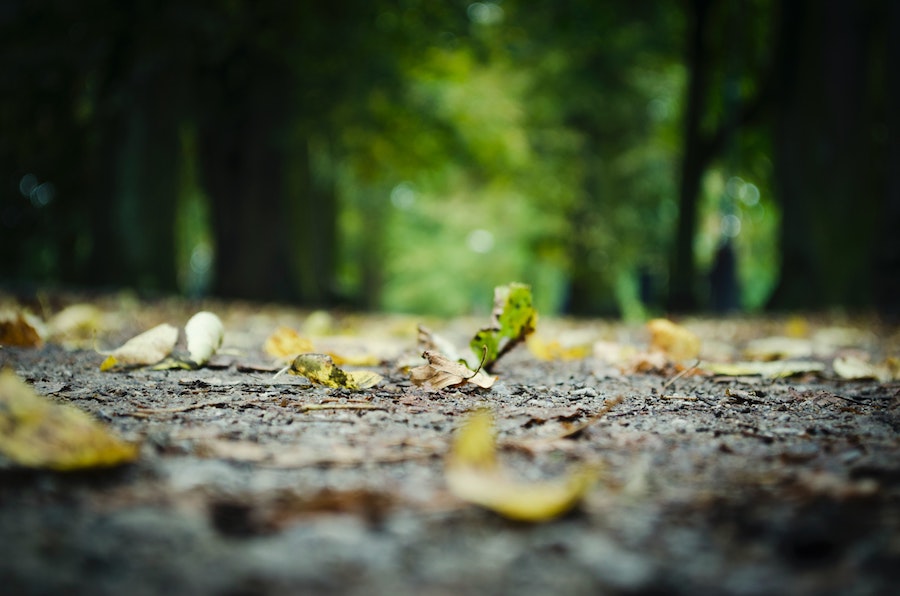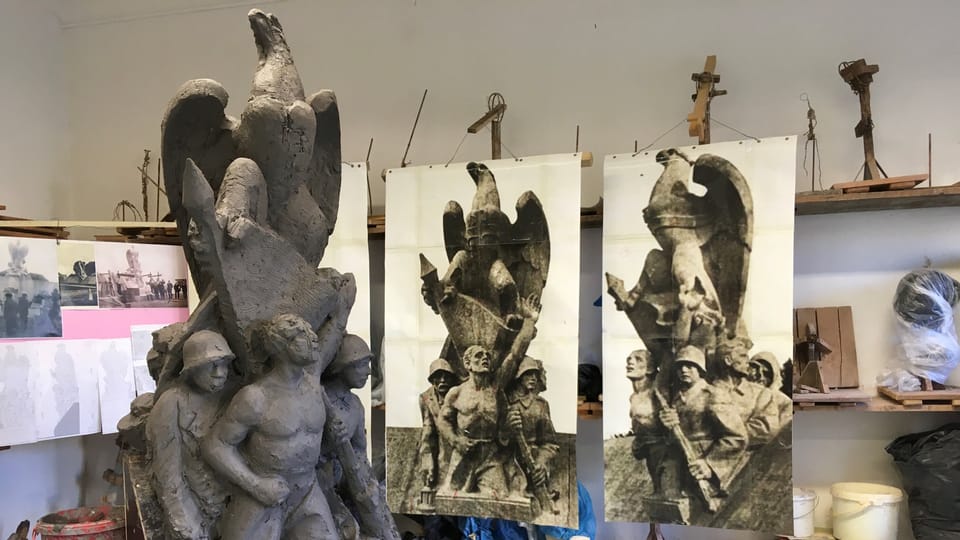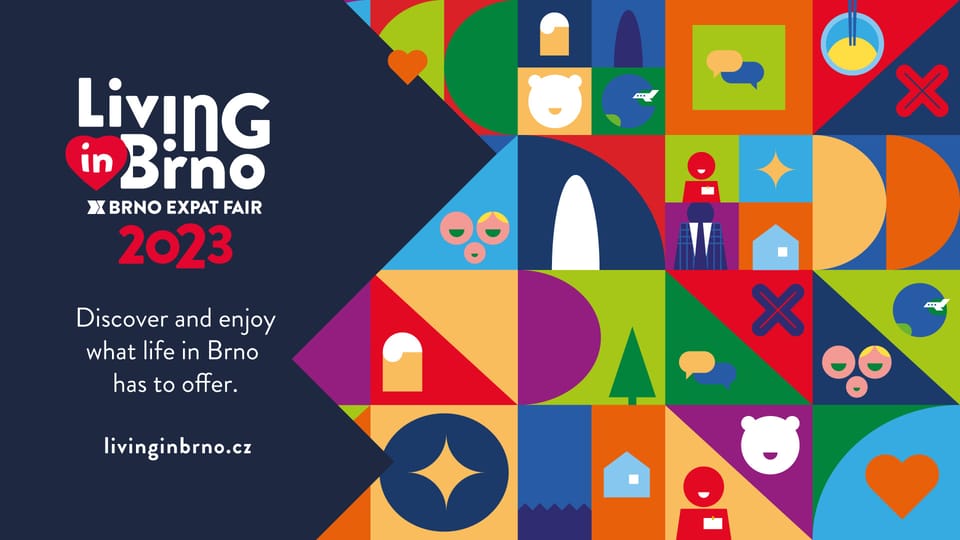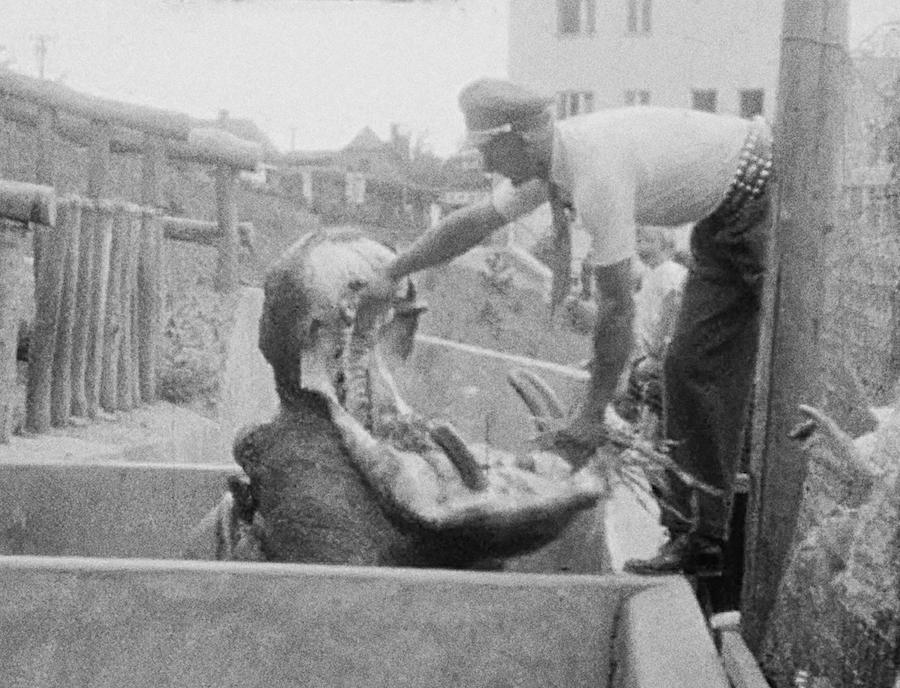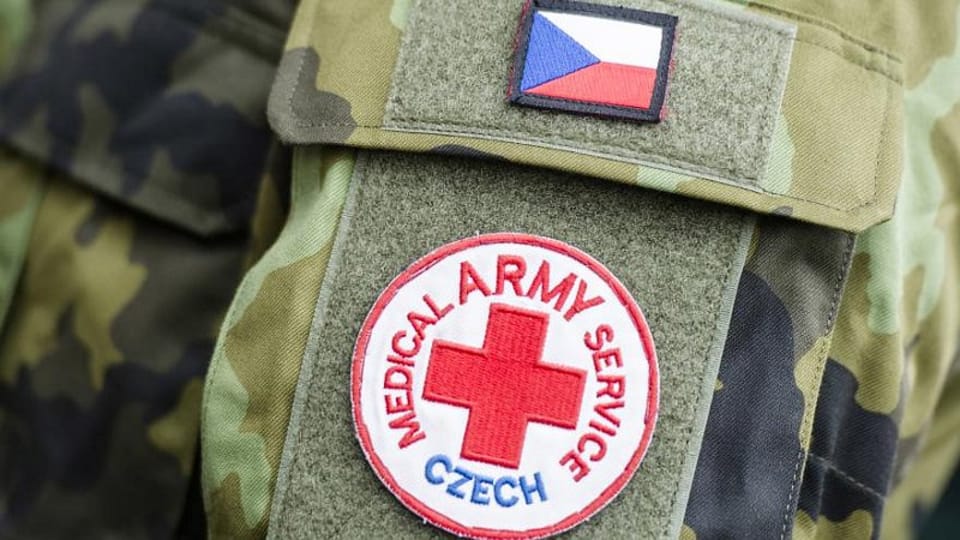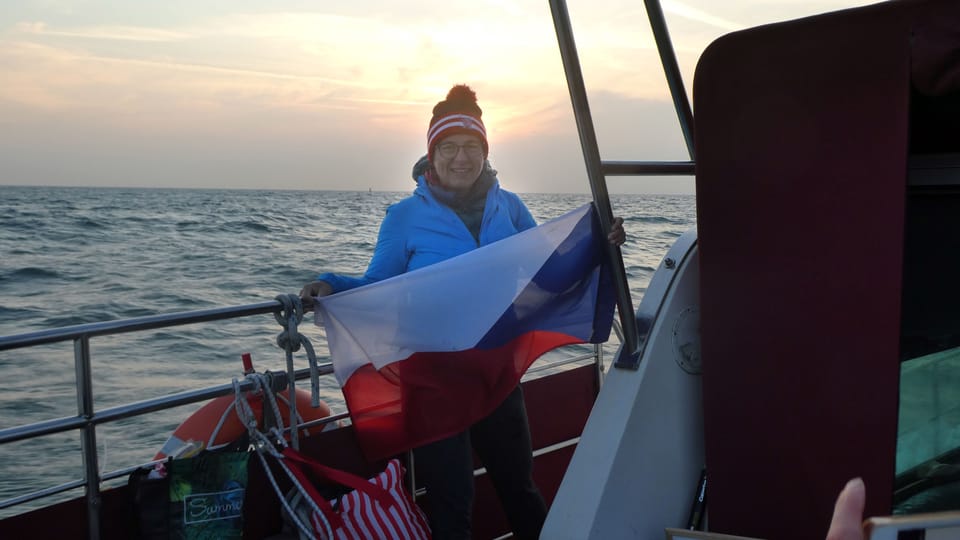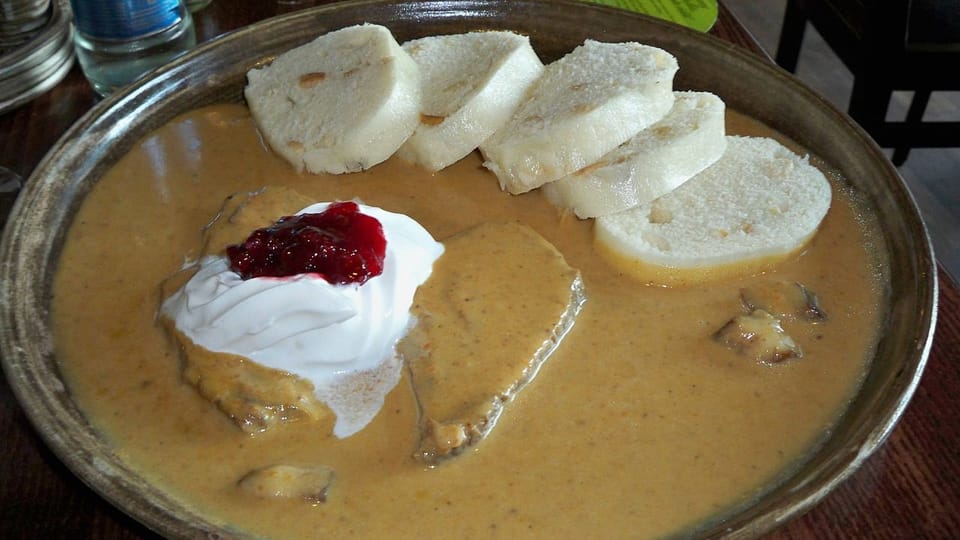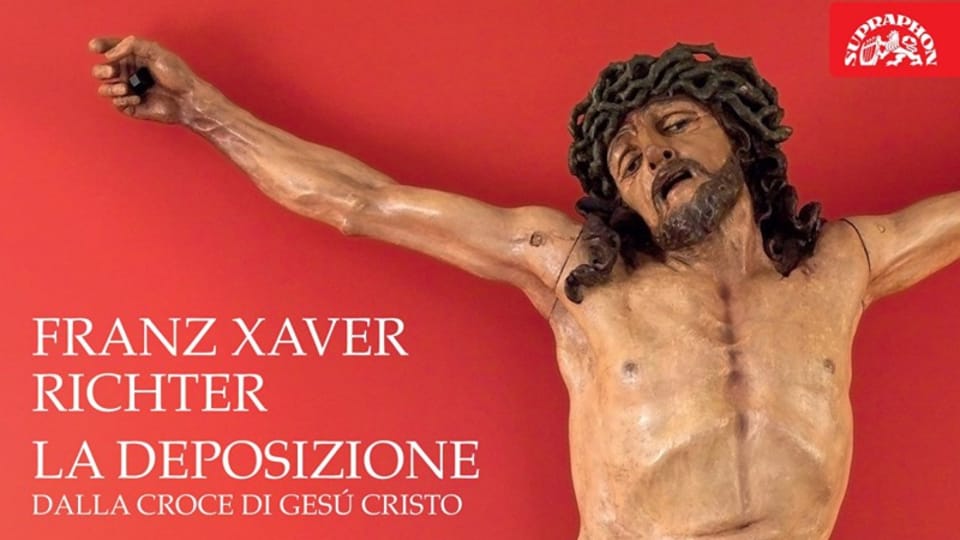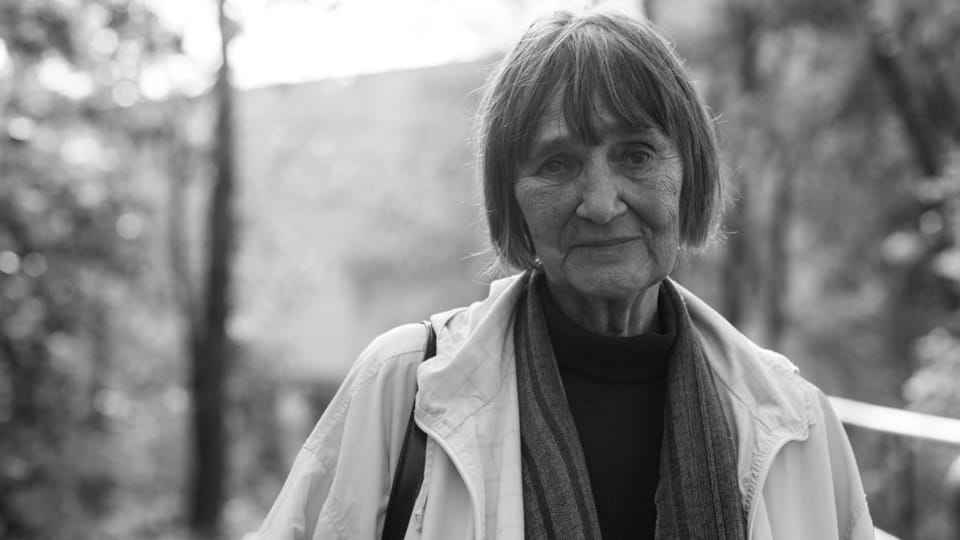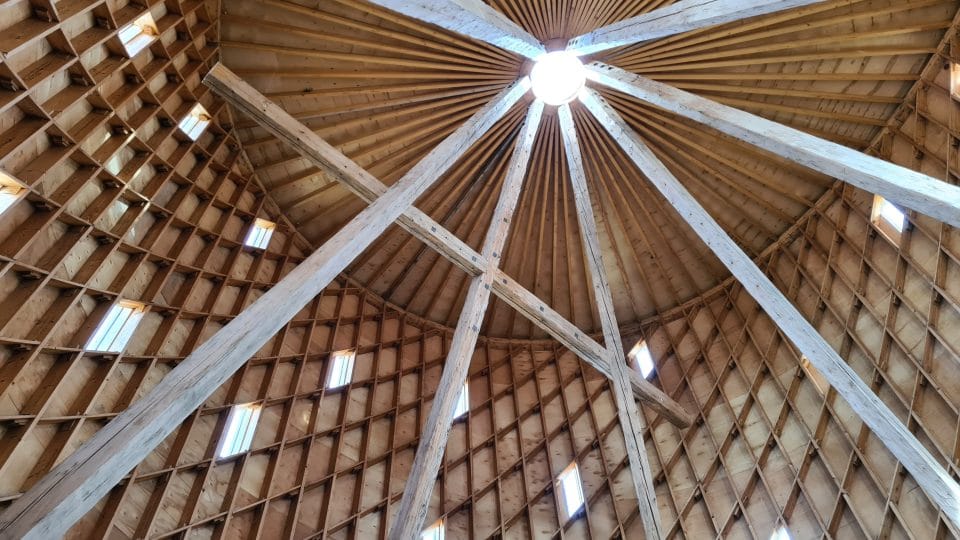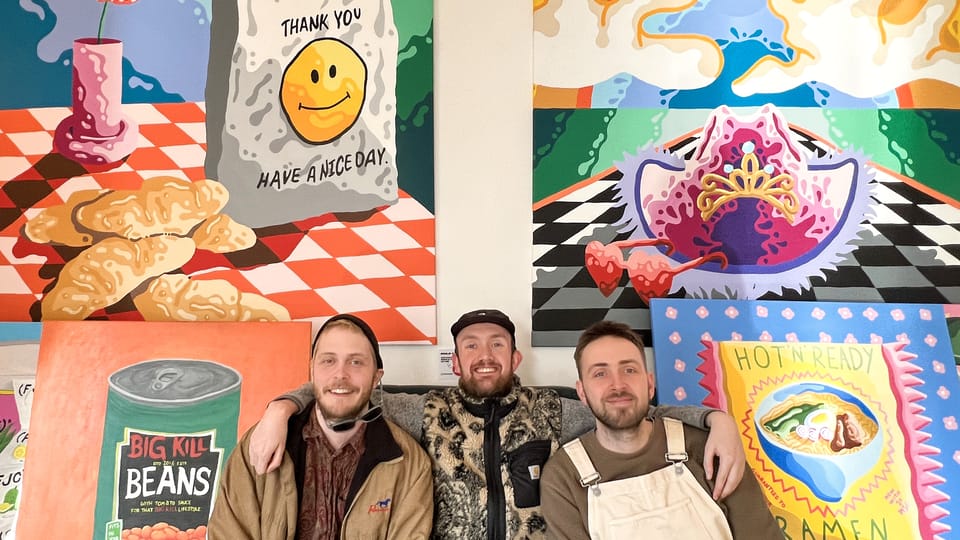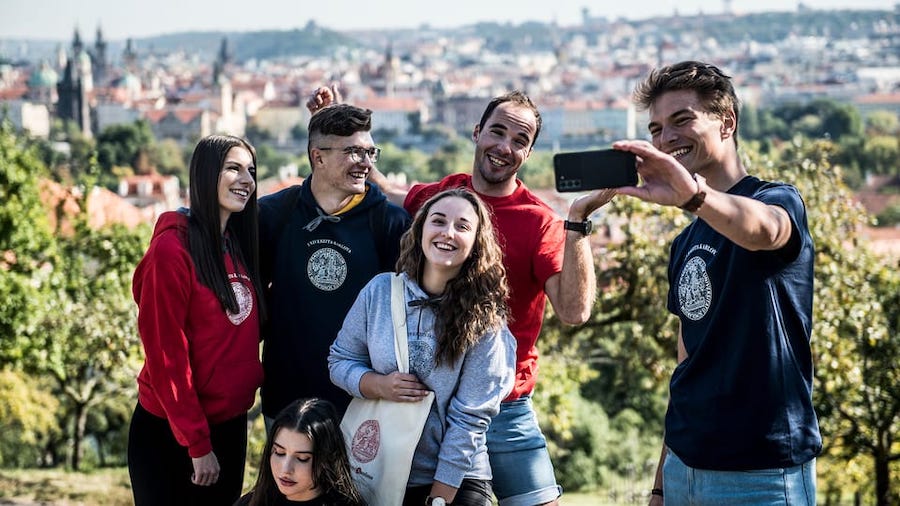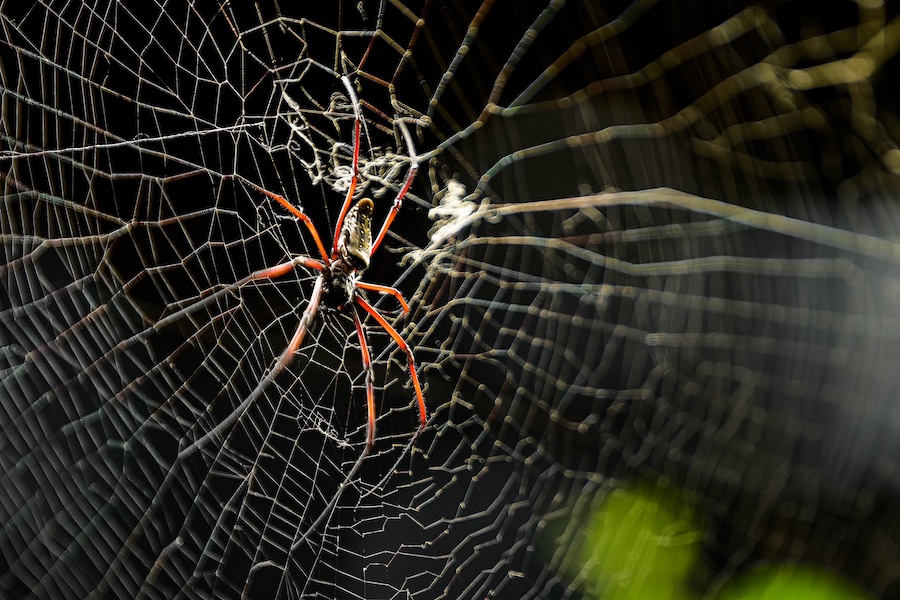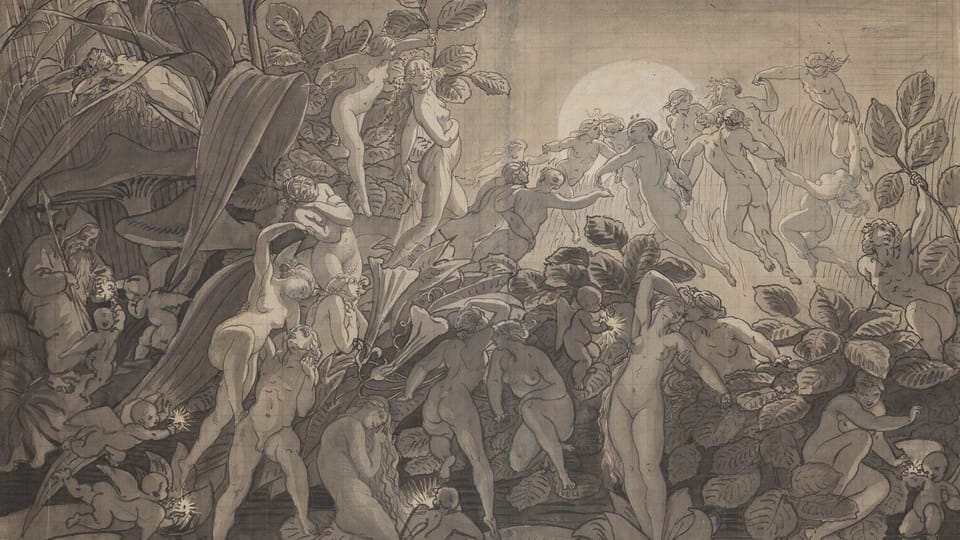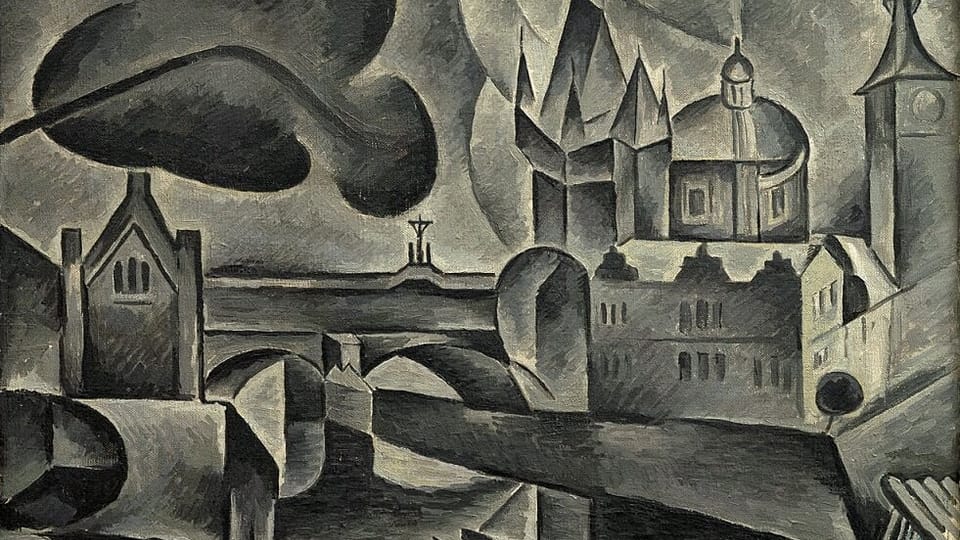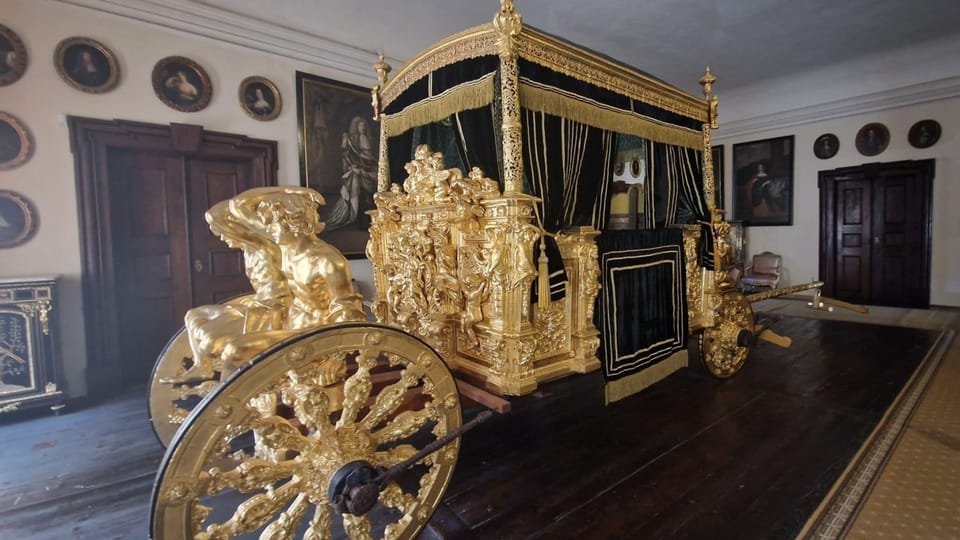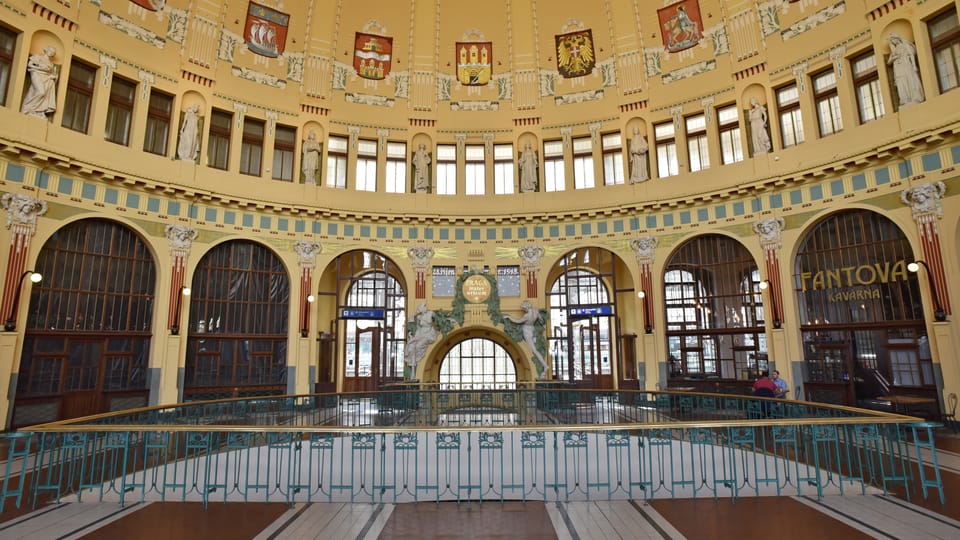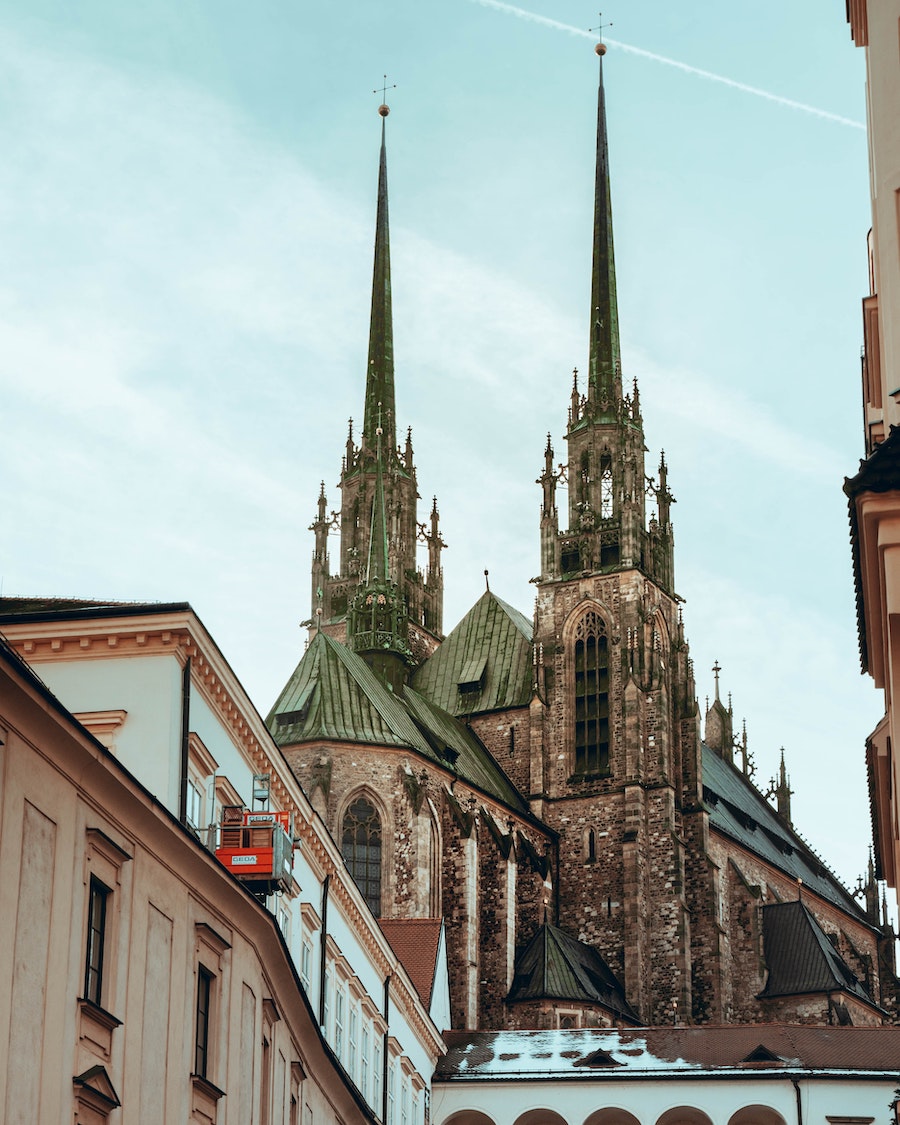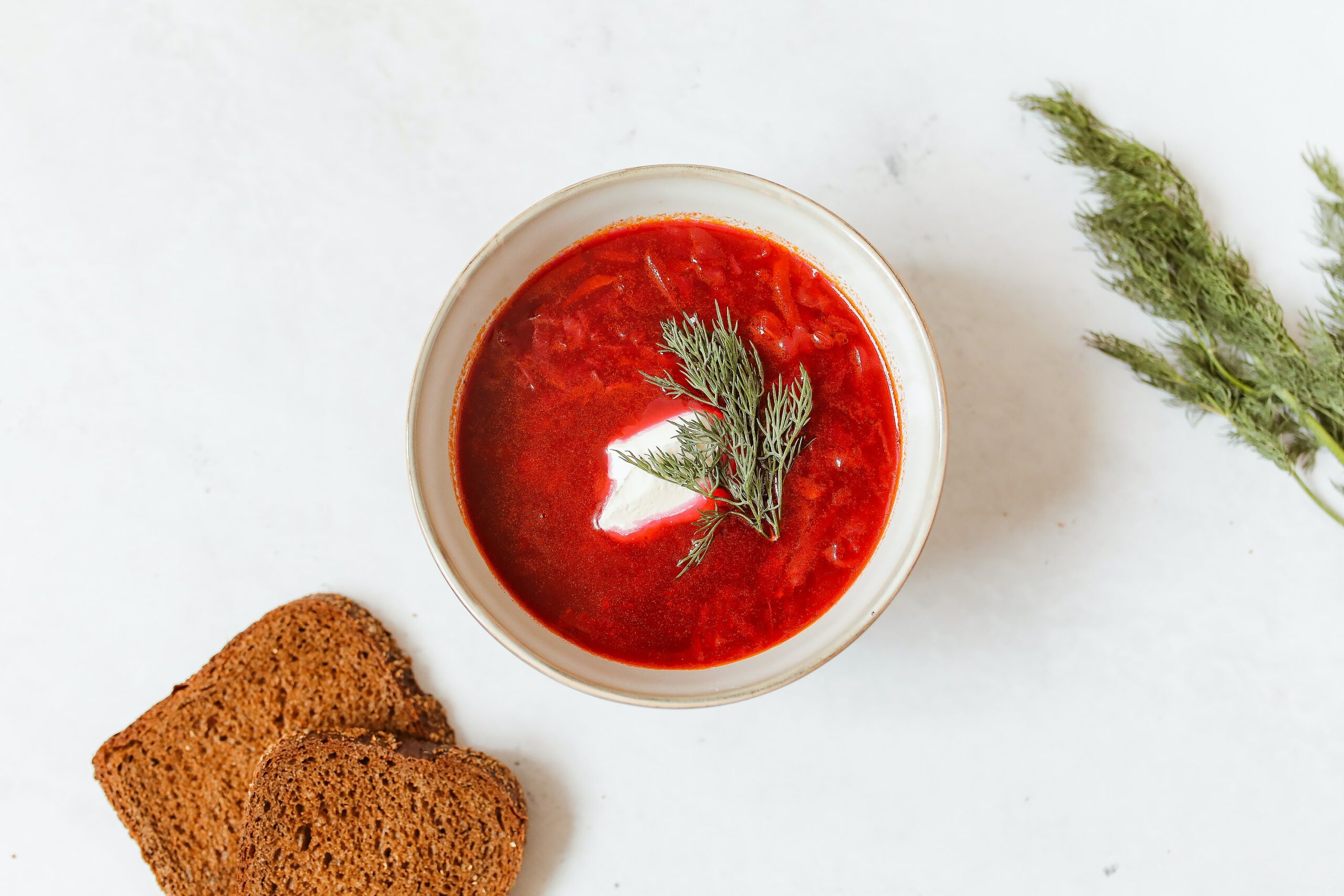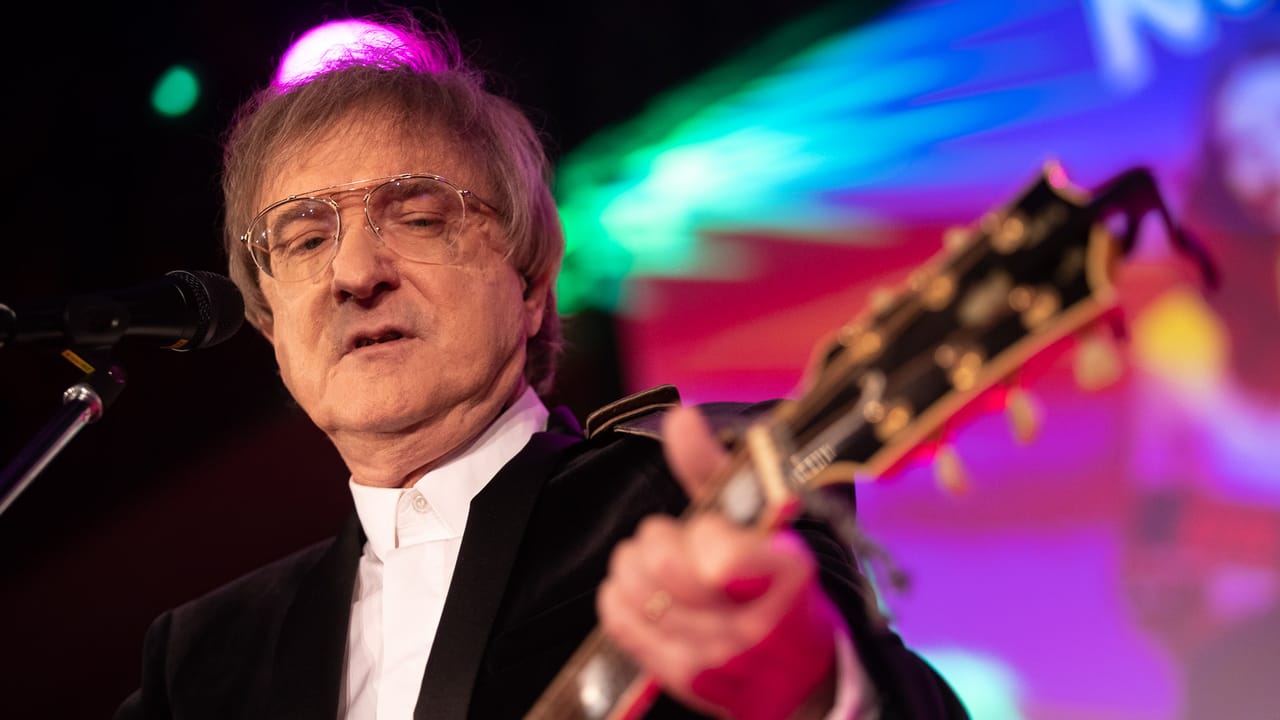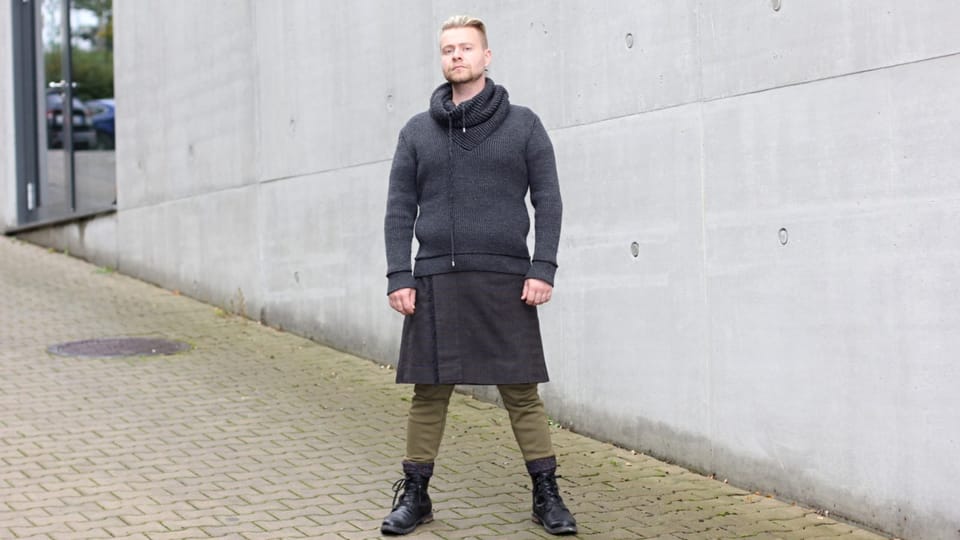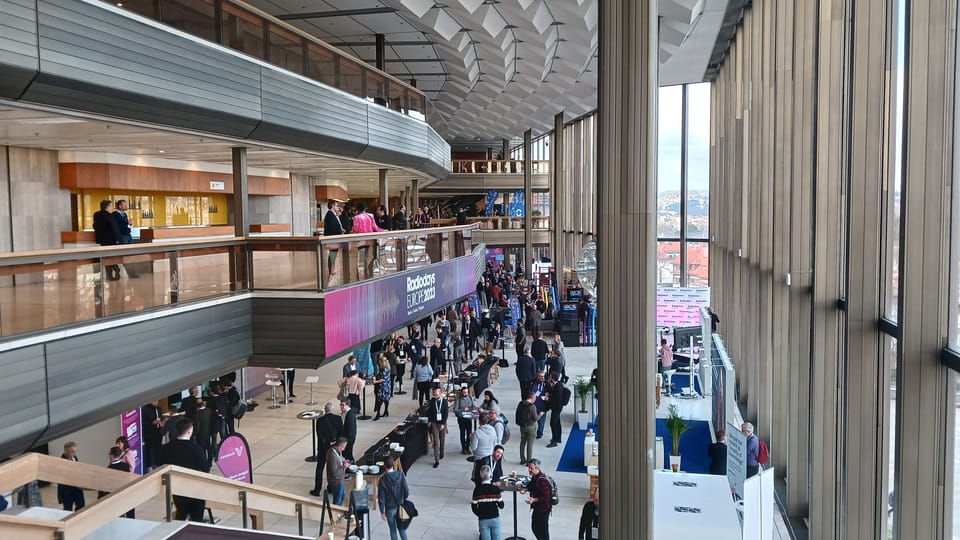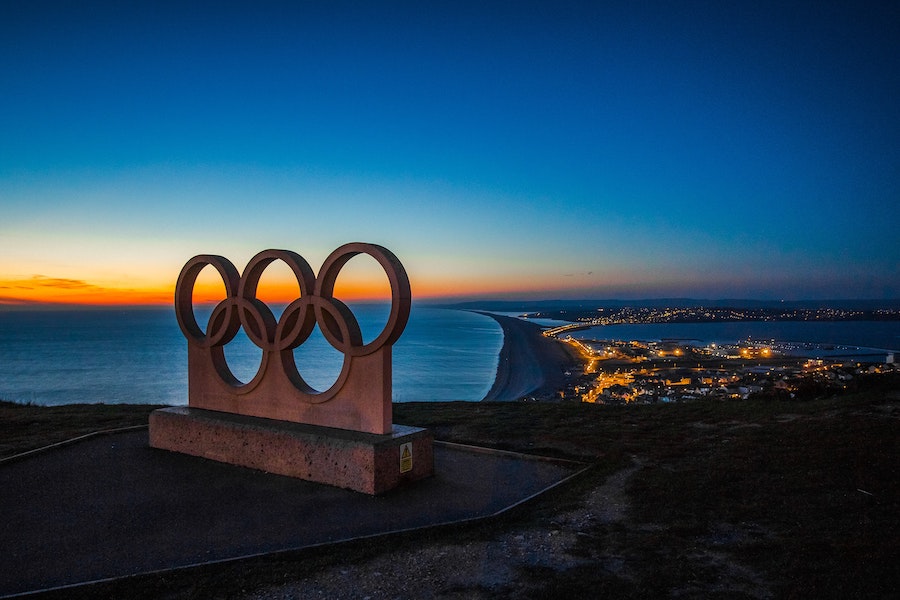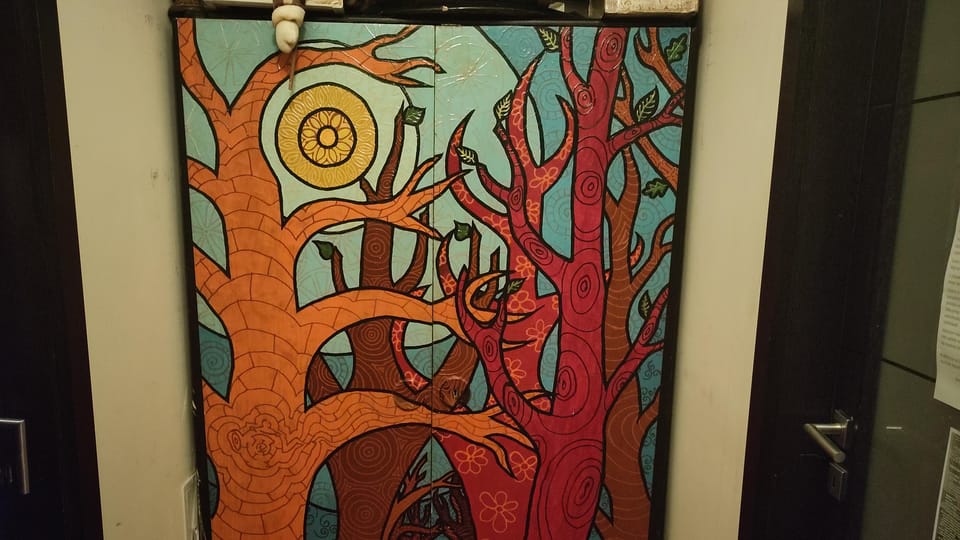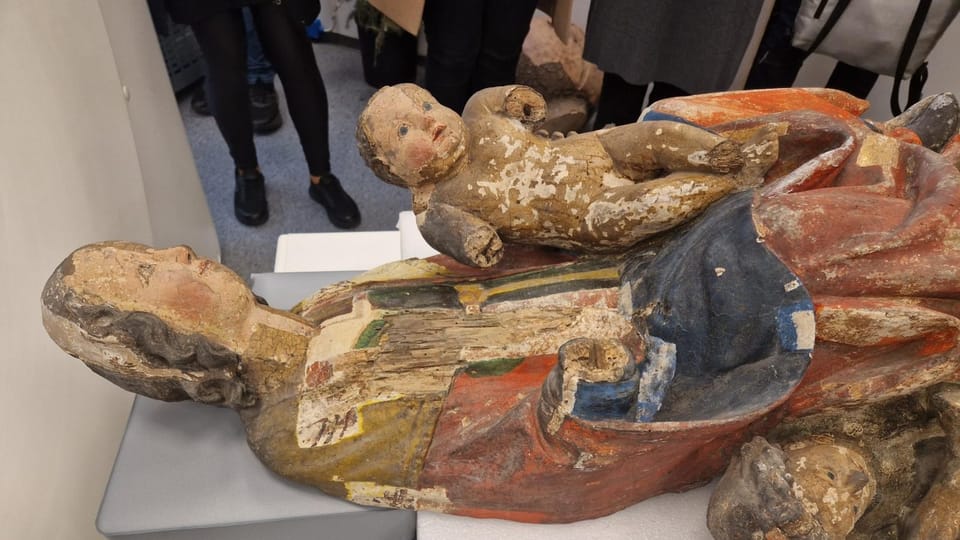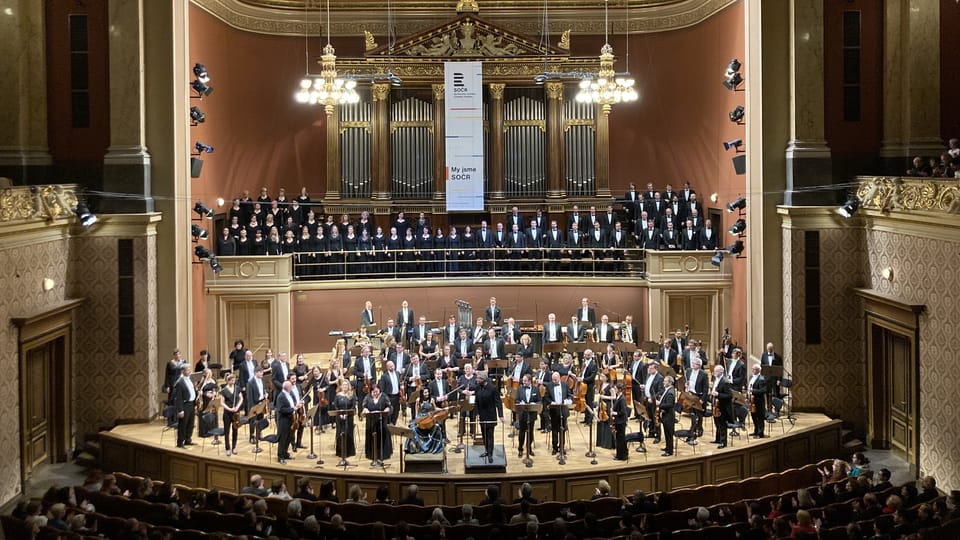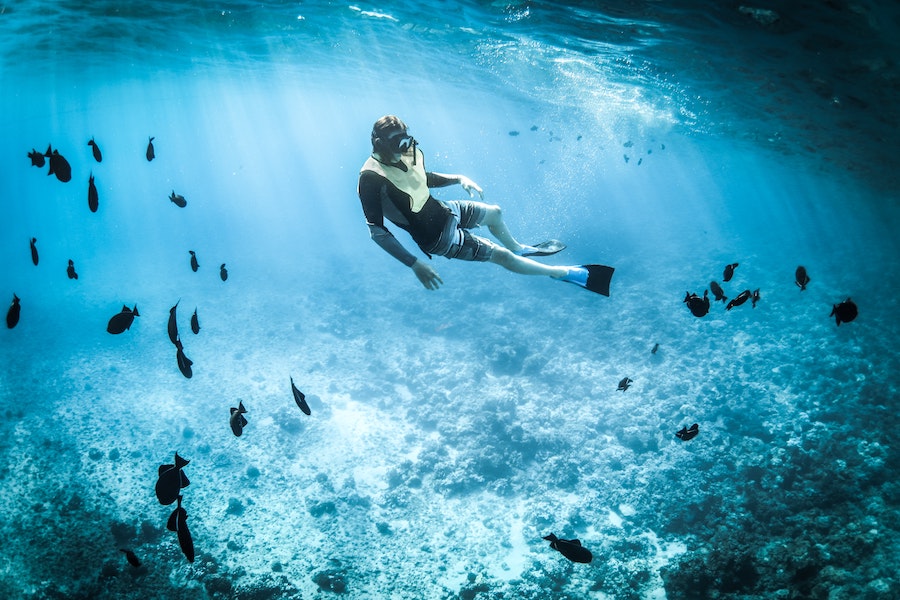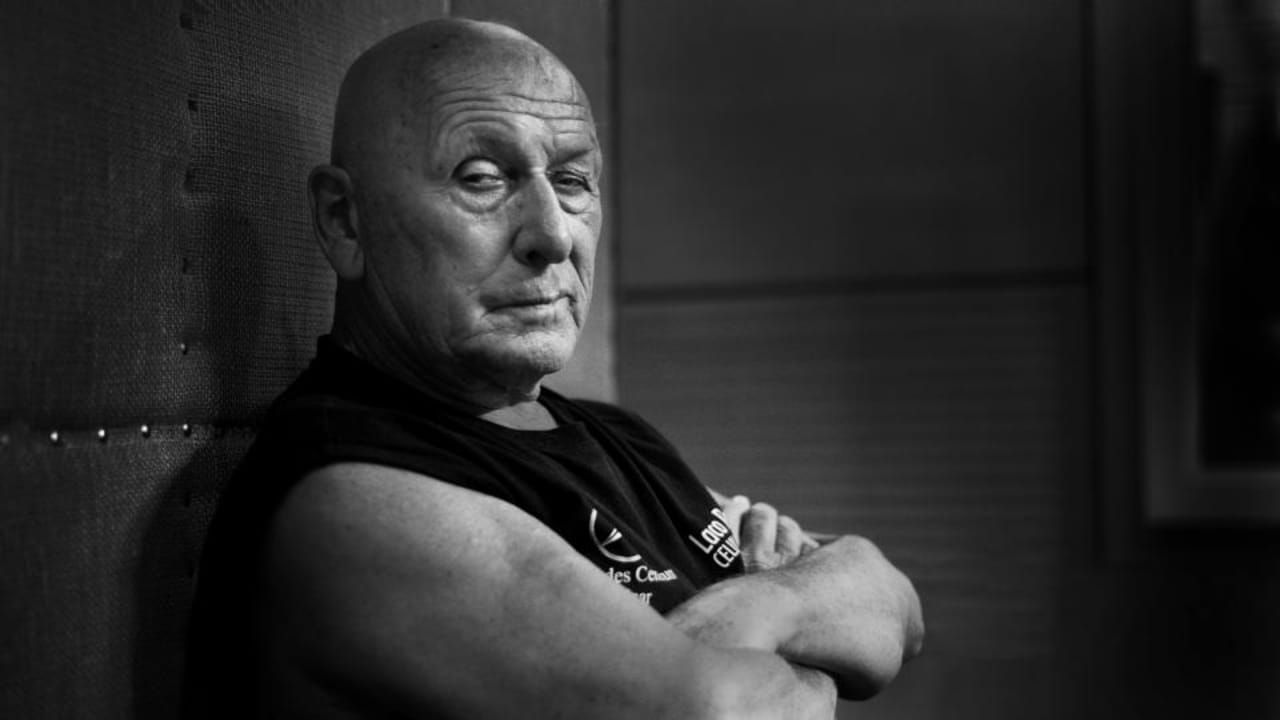
Group photo from the visit to Altyn Dala. Photo Miroslav Bobek
“200 km straight, then a mild curve to the left, again 200 km straight, right turn and after another 50 km we will stop for the night,” I wrote home with only a little exaggeration when we were heading by cars to the “Golden Steppe” Altyn Dala after the afternoon flight to Kostanay in northern Kazakhstan. The following day I lost the humour somewhat, as we crossed over from tarmac roads to dirt roads on which we drove within one day about the same distance as if driving from Prague to Ostrava. When fording a river, I shut the side window of Landcruiser so the water rolling over the bonnet would not splash inside.
Our five-day long journey to Kazakhstan, during which we travelled over two thousand kilometres by air and almost three thousand kilometres on the ground, immediately followed the visit of the Czech Prime Minister Petr Fiala to Astana. At the occasion of the Prime Minister’s visit, on 24 April 2023 Nurlan Kylyshbayev, the Chairman of the Committee on Forestry and Wildlife of Kazakhstan, and I signed the Memorandum on Cooperation on the Return of Przewalski’s Horses to Kazakhstan. We had been discussing this cooperation for long time with the great support of Roman Vassilenko, the Deputy Minister of Foreign Affairs of Kazakhstan. By signing the Memorandum in the presence of the Prime Ministers of both countries the agreement had reached the very highest level.

Przewalski’s horses. Photo Miroslav Bobek
The organization of our journey to Kazakhstan, thanks especially to Daniyar Turgambayev, the Deputy Chairman of the Forestry and Wildlife Committee, was not in the least inferior to the organization of a State visit. Our common goal was to assess the localities pre-selected for the reintroduction of Przewalski’s horses. From the beginning, most of our attention was focused on two localities: Altyn Emel (Golden Saddle) in the south-east of the country, and the abovementioned Altyn Dala (Golden Steppe) in central Kazakhstan.

Saiga antelopes in the steppes of Altyn Dala. Photo: Miroslav Bobek, Prague Zoo
There are already Przewalski’s horses in Altyn Emel; two in the wild and three in a pen. These are remnants of the Kazakh-German project from the first decade of the century. However, its organization suffered from significant shortcomings and above all – as we together with Bára Dobiášová and Tomáš Hulík could see with our own eyes – the area of Altyn Emel is not suitable for Przewalski’s horses. It has vegetation of low nutritional value, a completely insufficient area for a viable population, not quite optimal terrain profile and, furthermore, domestic horses roam nearby. The only advantages are mild winters and very good accessibility.
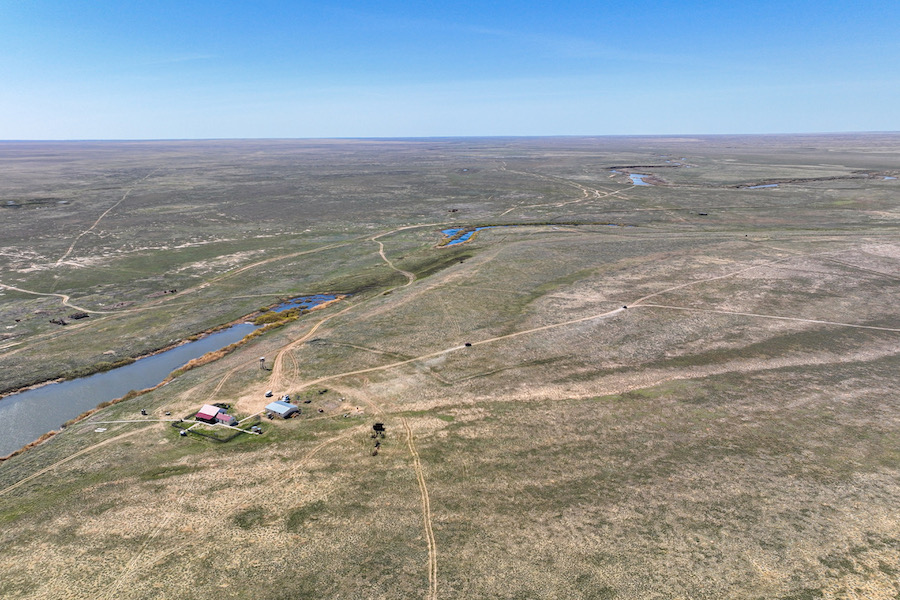
Aerial view of the landscape surrounding the reintroduction centre Alibi in Altyn Dala. Photo Tomáš Hulík
On the other hand, the Altyn Dala area impressed us despite the demanding journey. It is an area of almost 7,000 km2 of fertile steppe without domestic animals, with a sufficient supply of water and a suitable terrain profile. As well as in Altyn Emel, also in Altyn Dala the basic infrastructure for the reintroduction project is already there. It has been built several years ago for the purpose of reintroduction of Przewalski’s horses, and when the project was cancelled due to insufficient legislative protection of the horses, it was used for reintroduction of kulans. Besides the difficult accessibility possibly only the harsh winters can be problematic in Altyn Dala, and perhaps also poachers. However, the winters in Altyn Dala are more favourable than in Mongolian Gobi B, where we have already successfully returned many horses, as well as in the Monastery Valley in the east of Mongolia, where we prepare their reintroduction. And regarding the poaching, the Przewalski’s horse has recently been added to the Red Book of Kazakhstan and very severe penalties have been set for its hunting; even so it will be necessary to strengthen patrolling in the area of Altyn Dala.
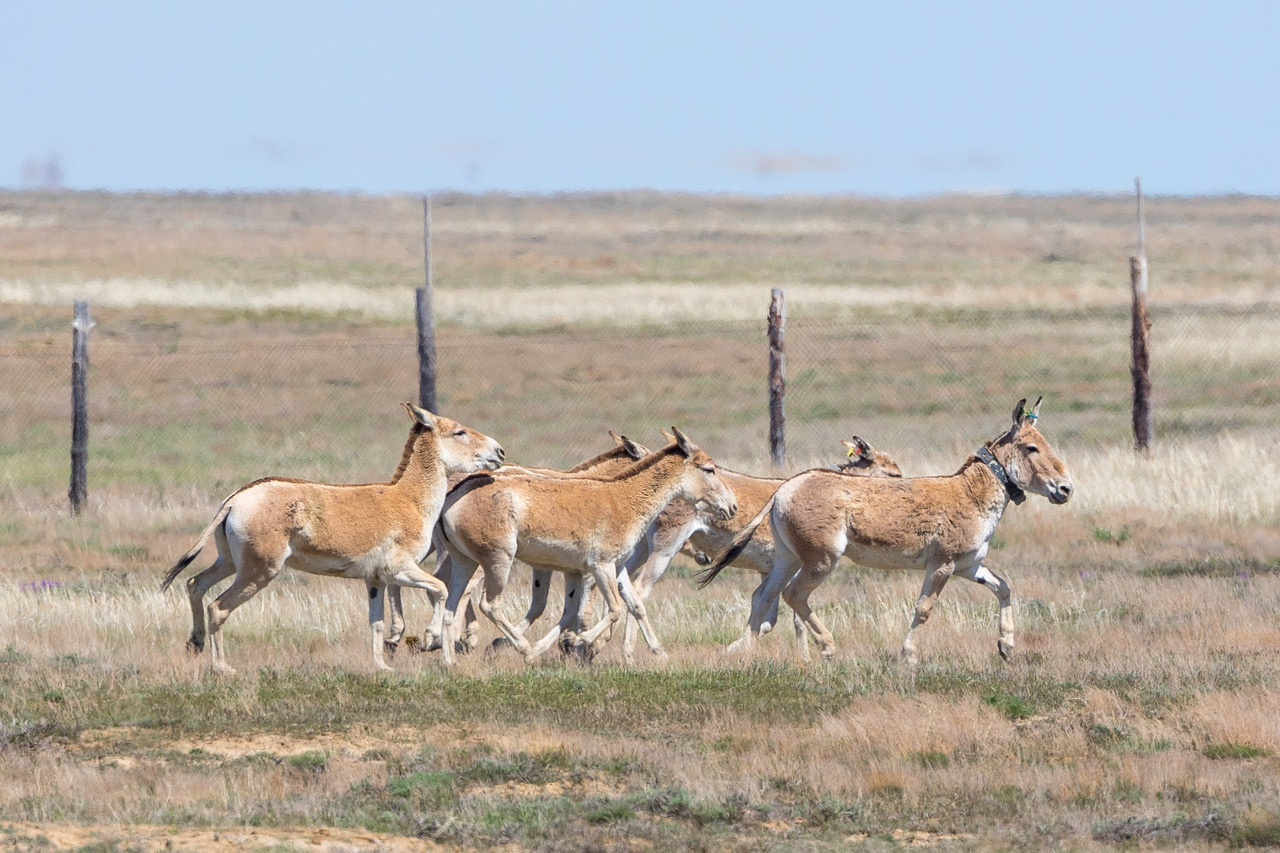
Kulans in the acclimatization pen. Photo: Miroslav Bobek, Prague Zoo
Although we still must answer many questions and resolve many issues, Altyn Dala seems to be very promising for the return of Przewalski’s horses to Kazakhstan. And this return can happen much earlier than we had thought, given the extraordinary interest and professionality of our Kazakh partners. Let’s hope that in the next few years the Kazakh Golden Steppe will become another promised land for Przewalski’s horses.
Miroslav Bobek, Director, Prague Zoo
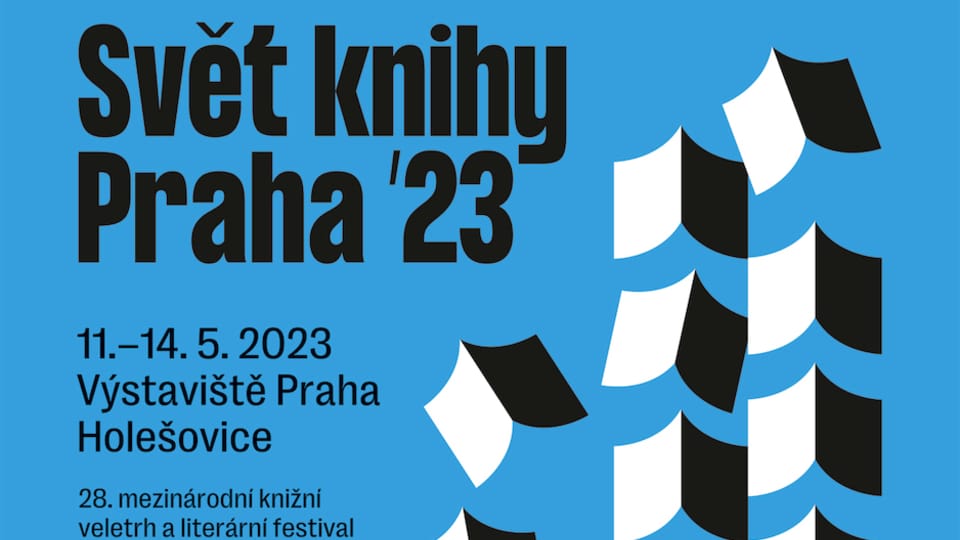





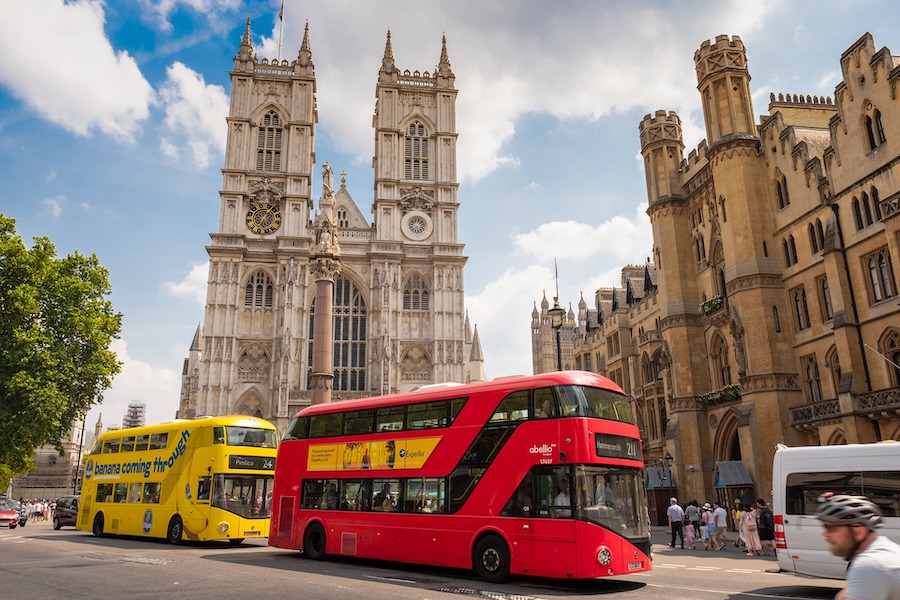

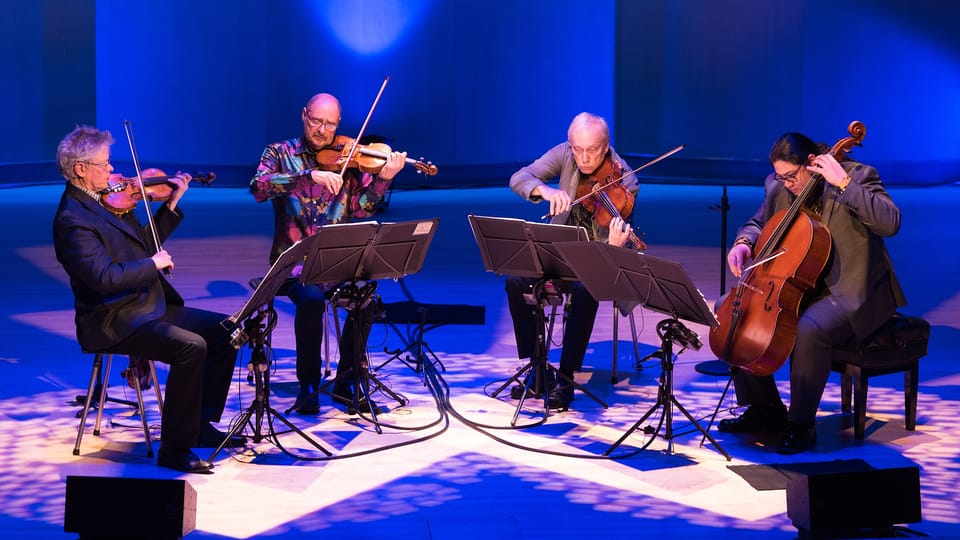
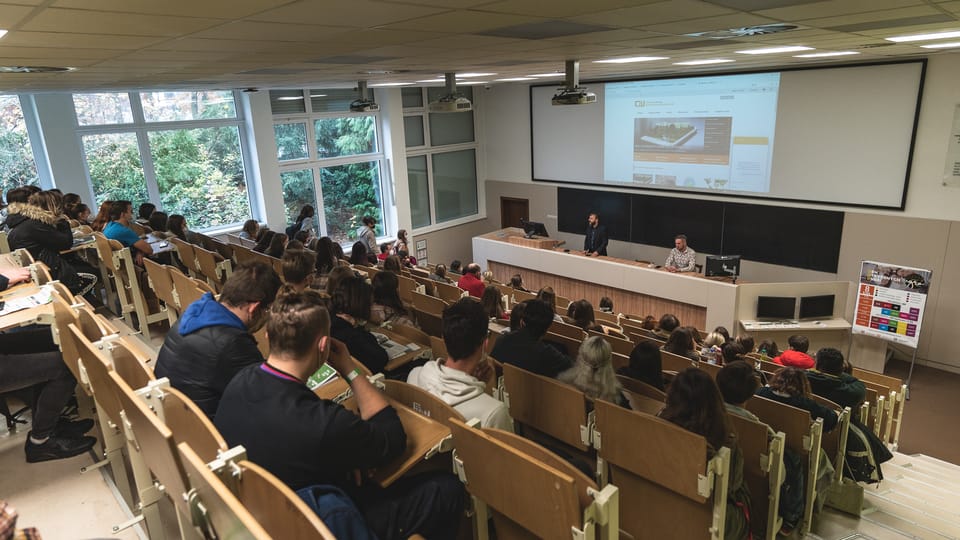
 Czechia is second on the
Czechia is second on the 